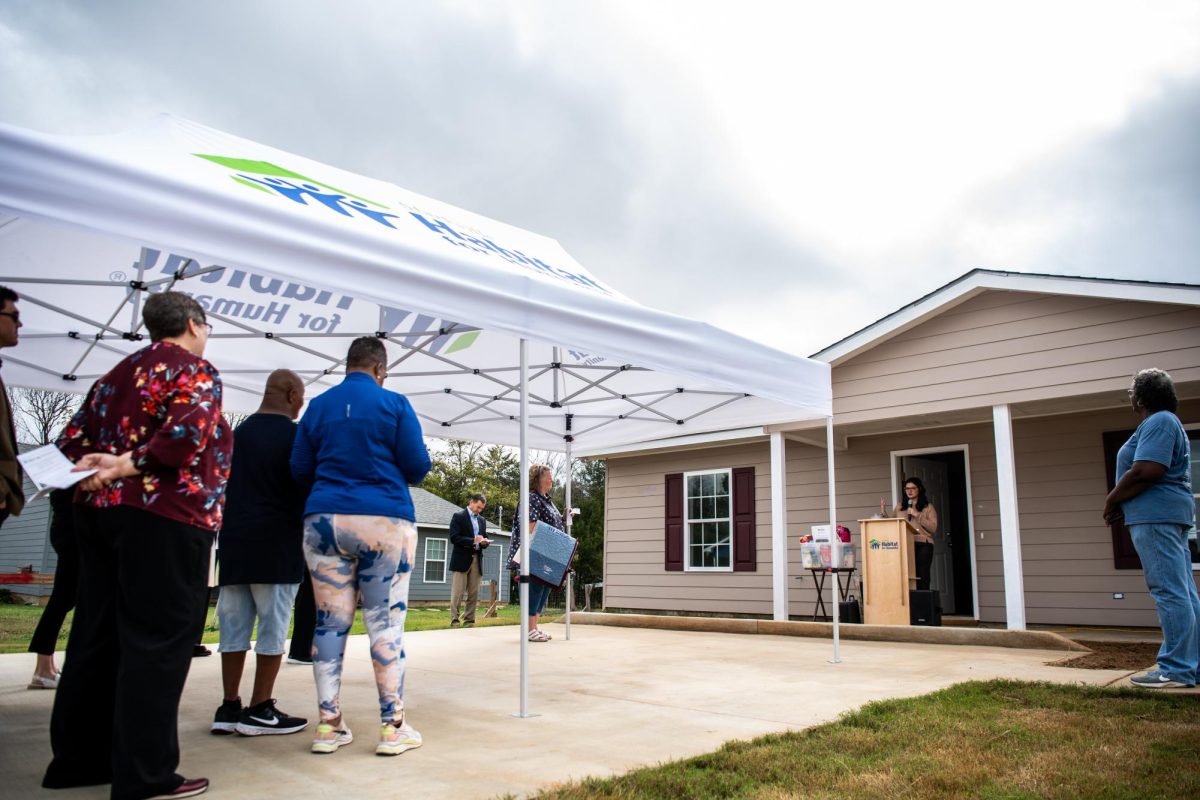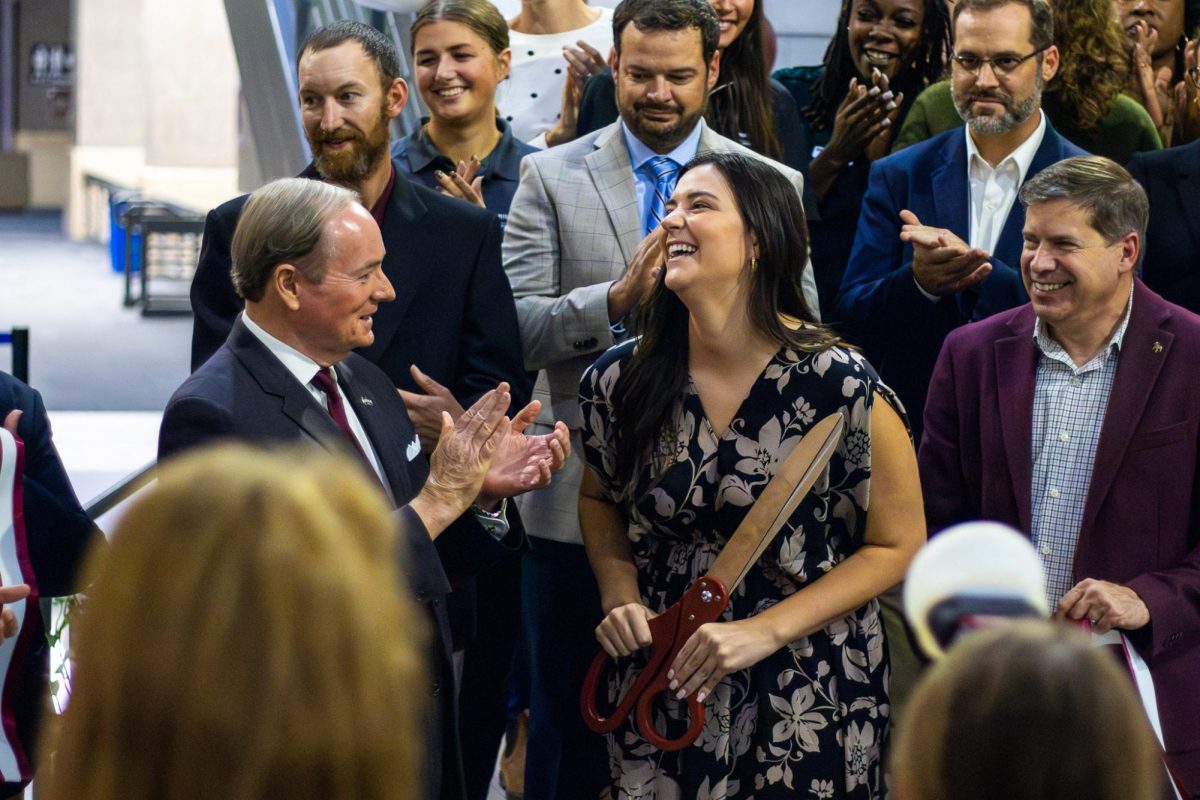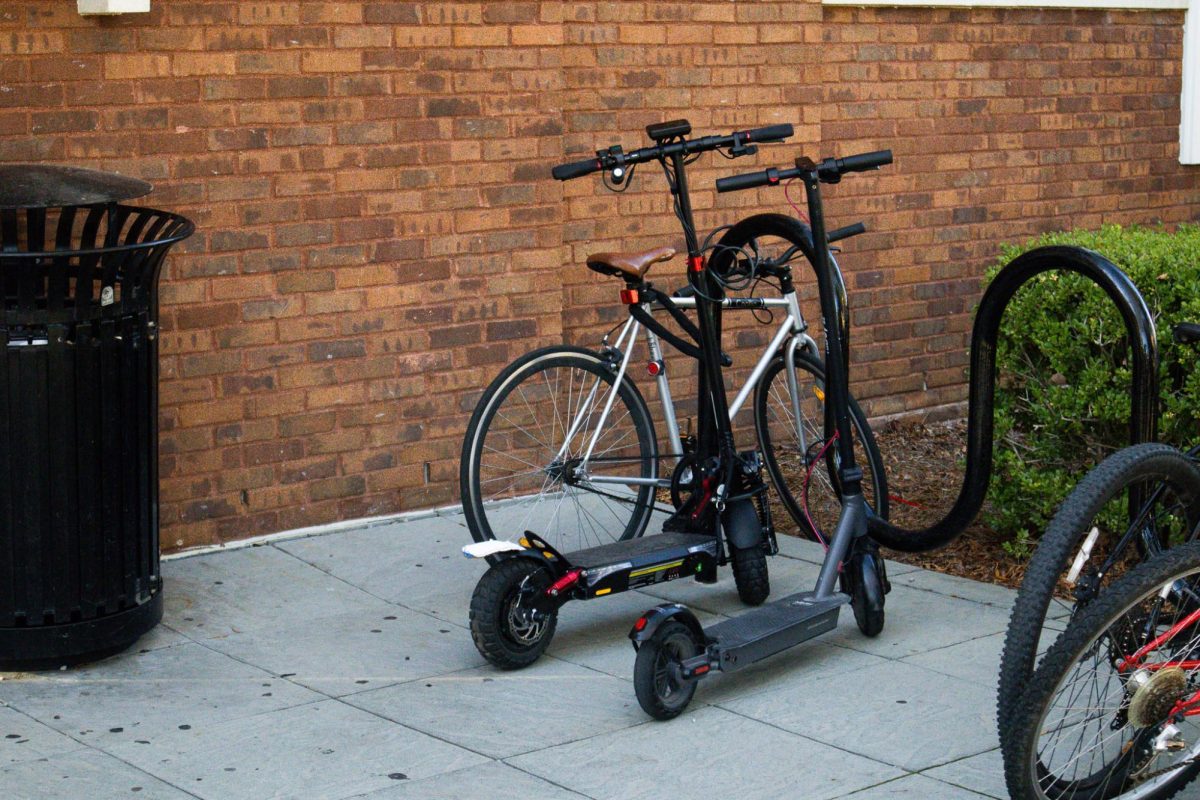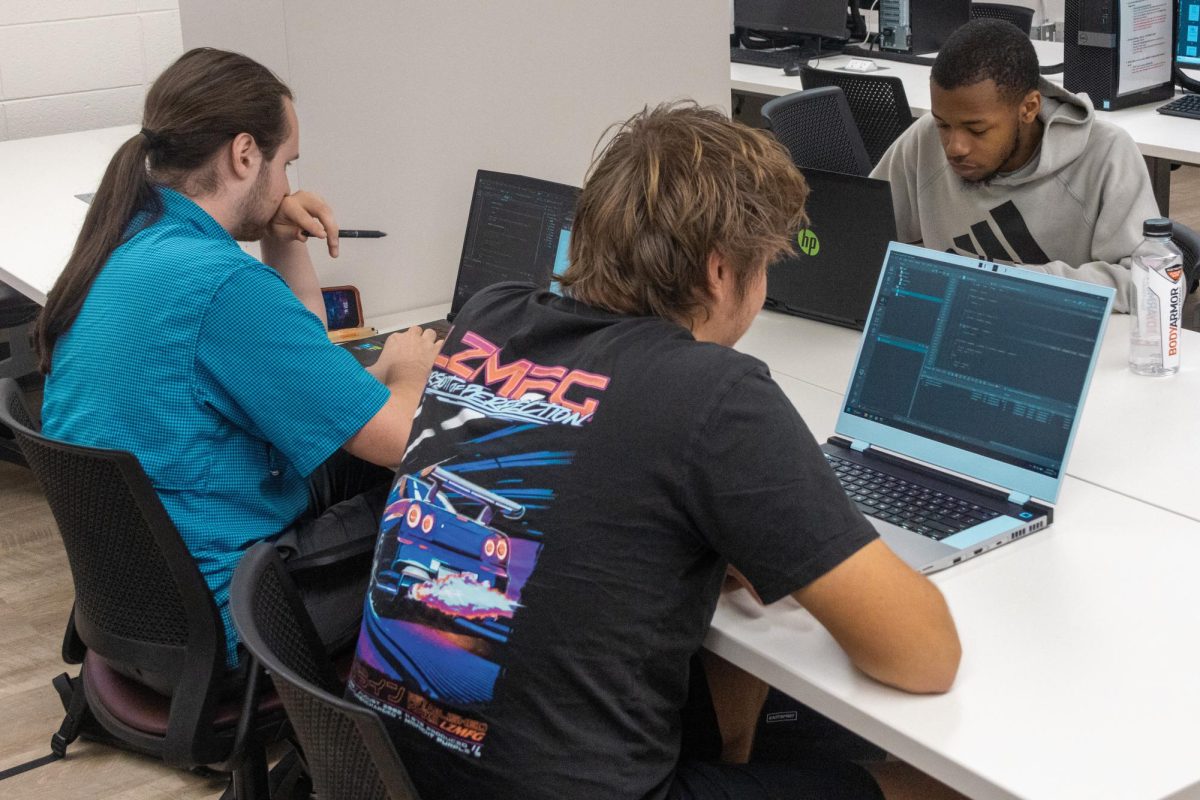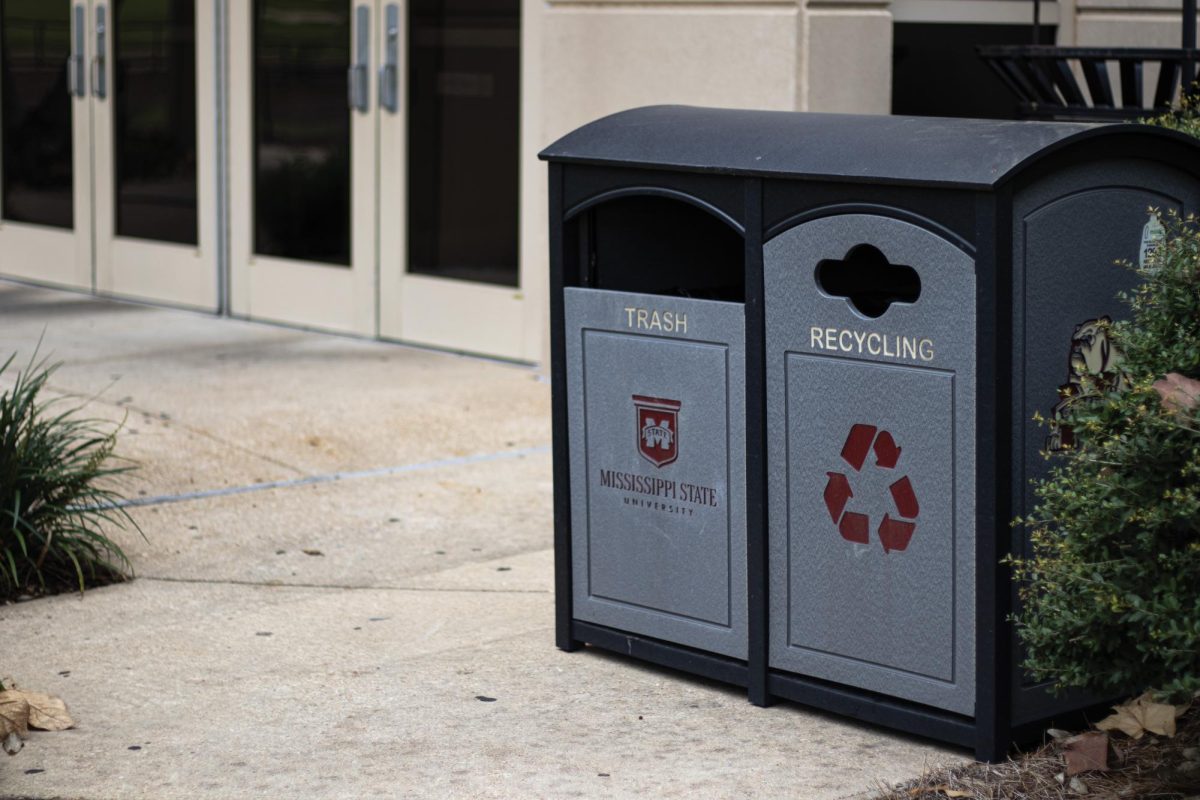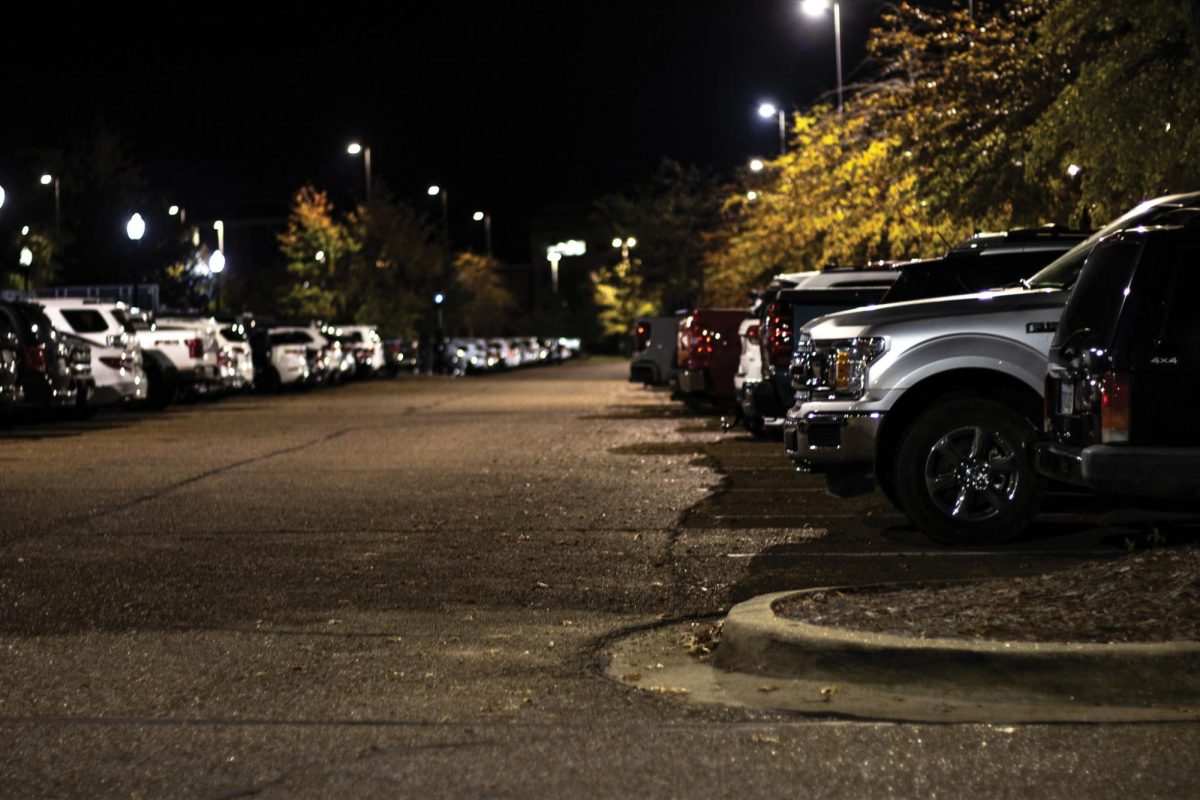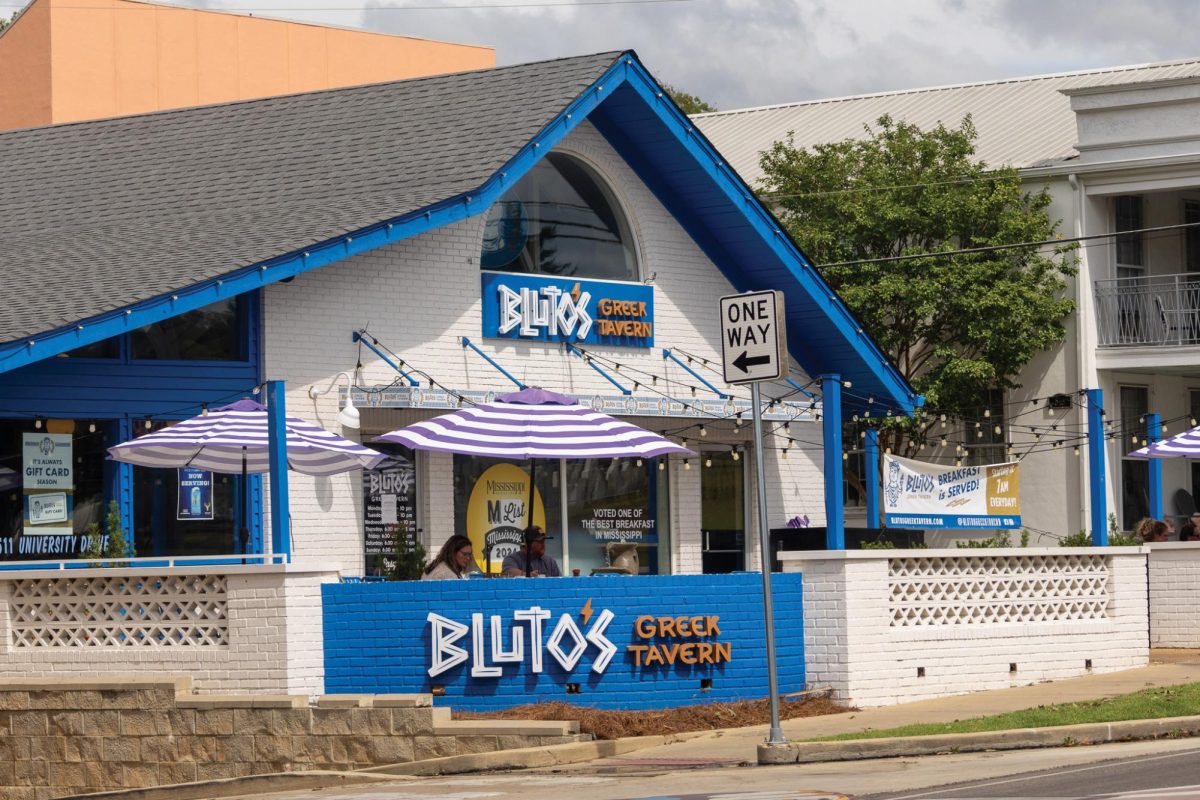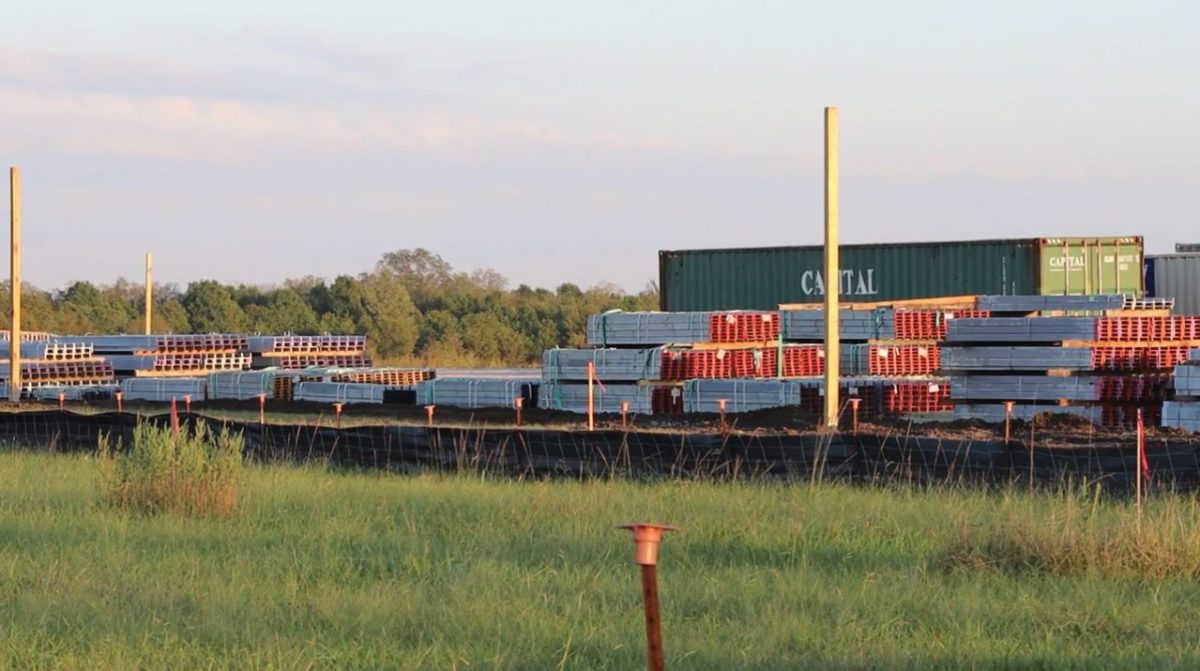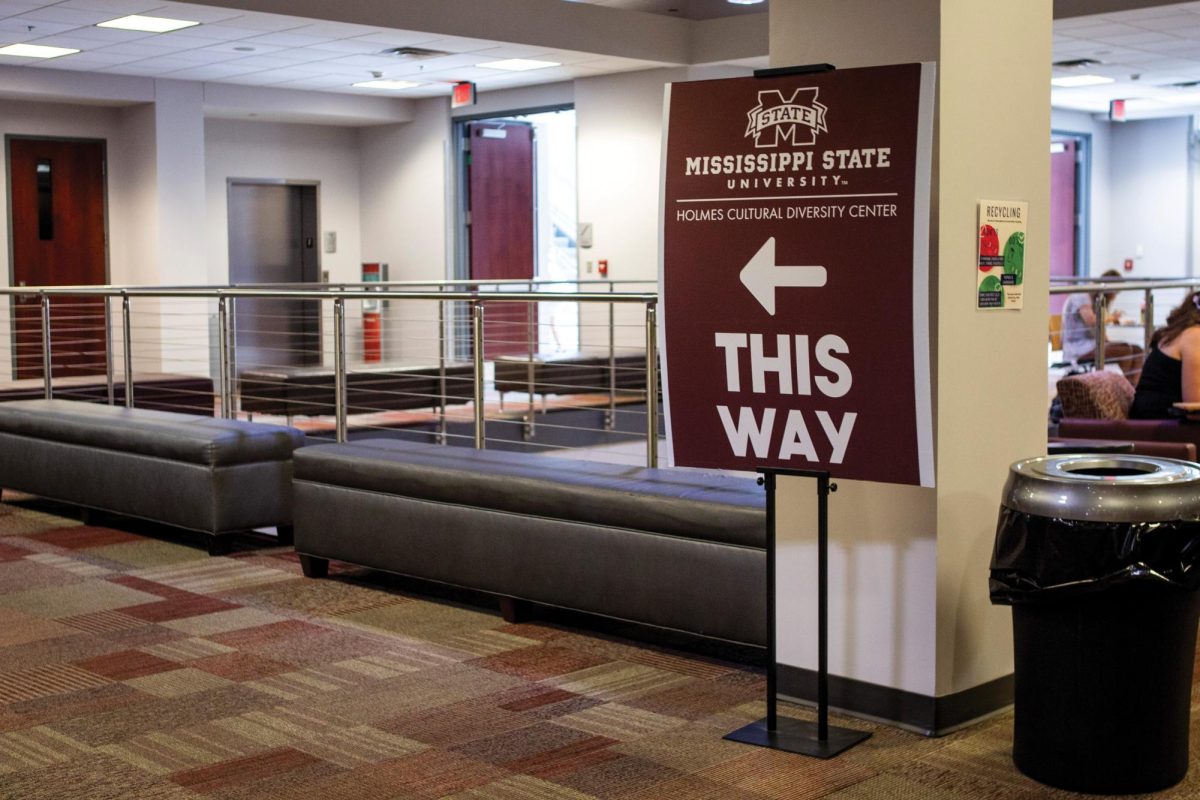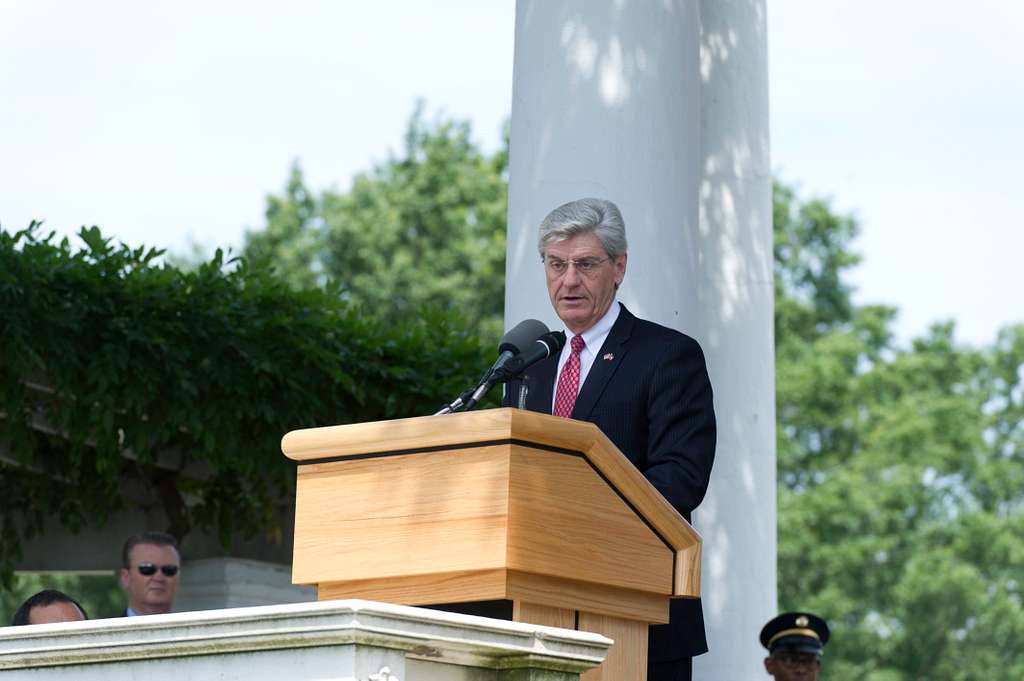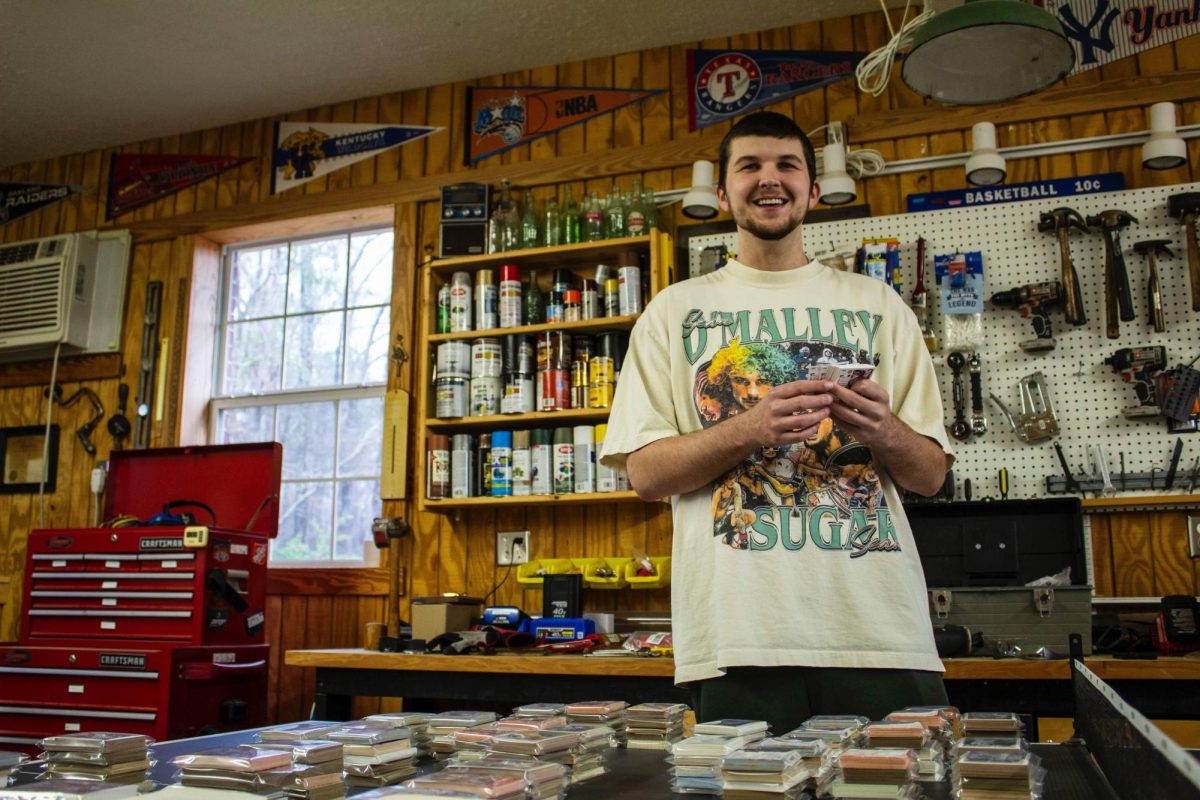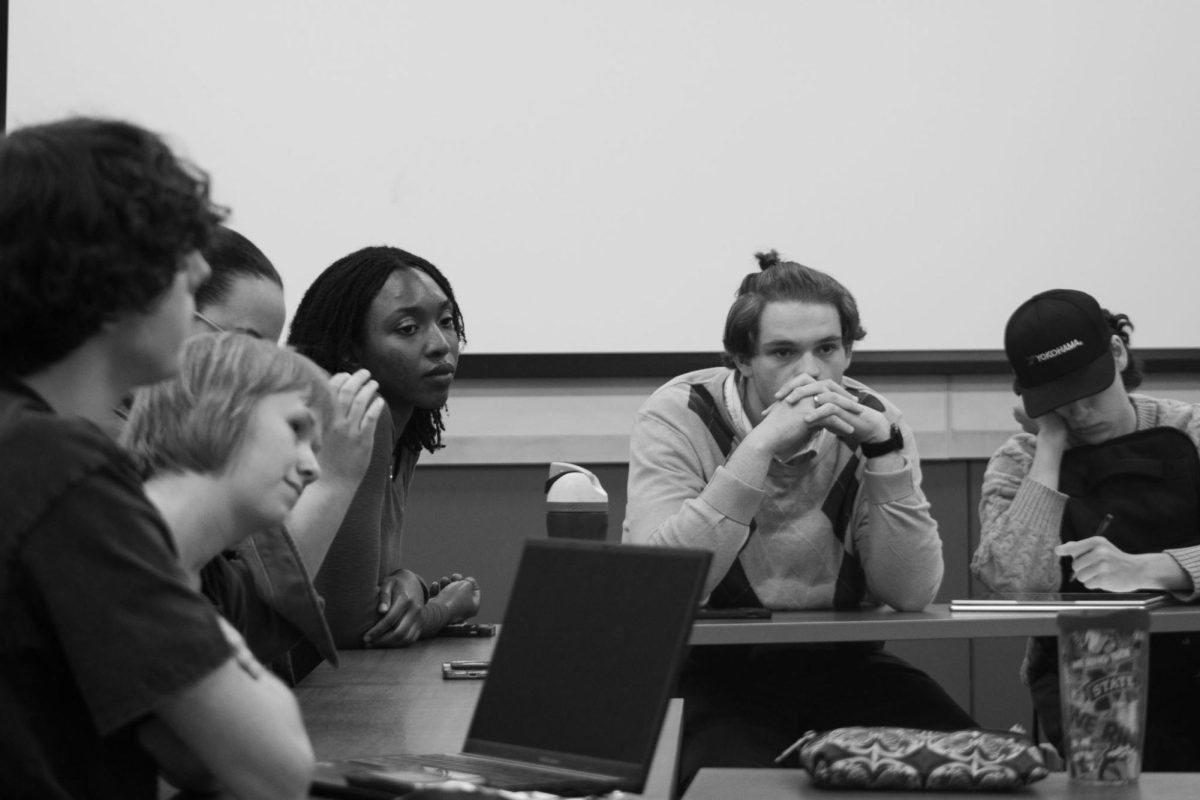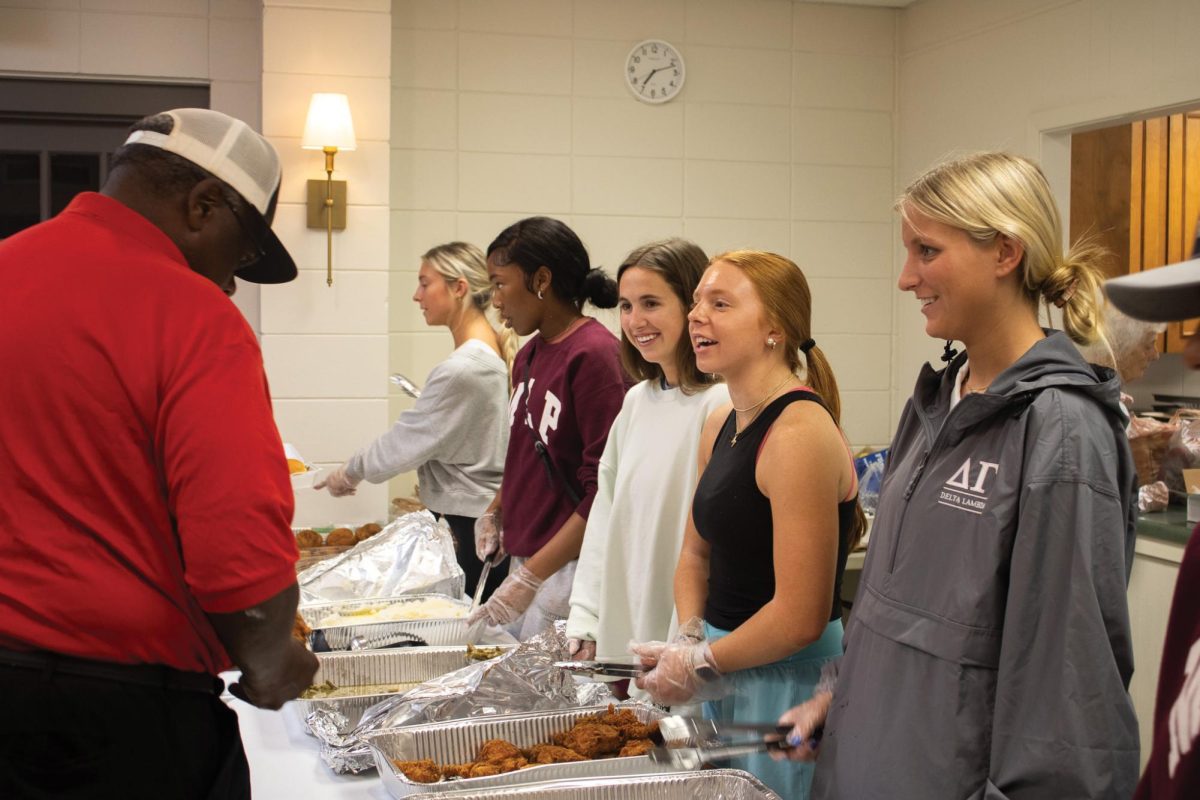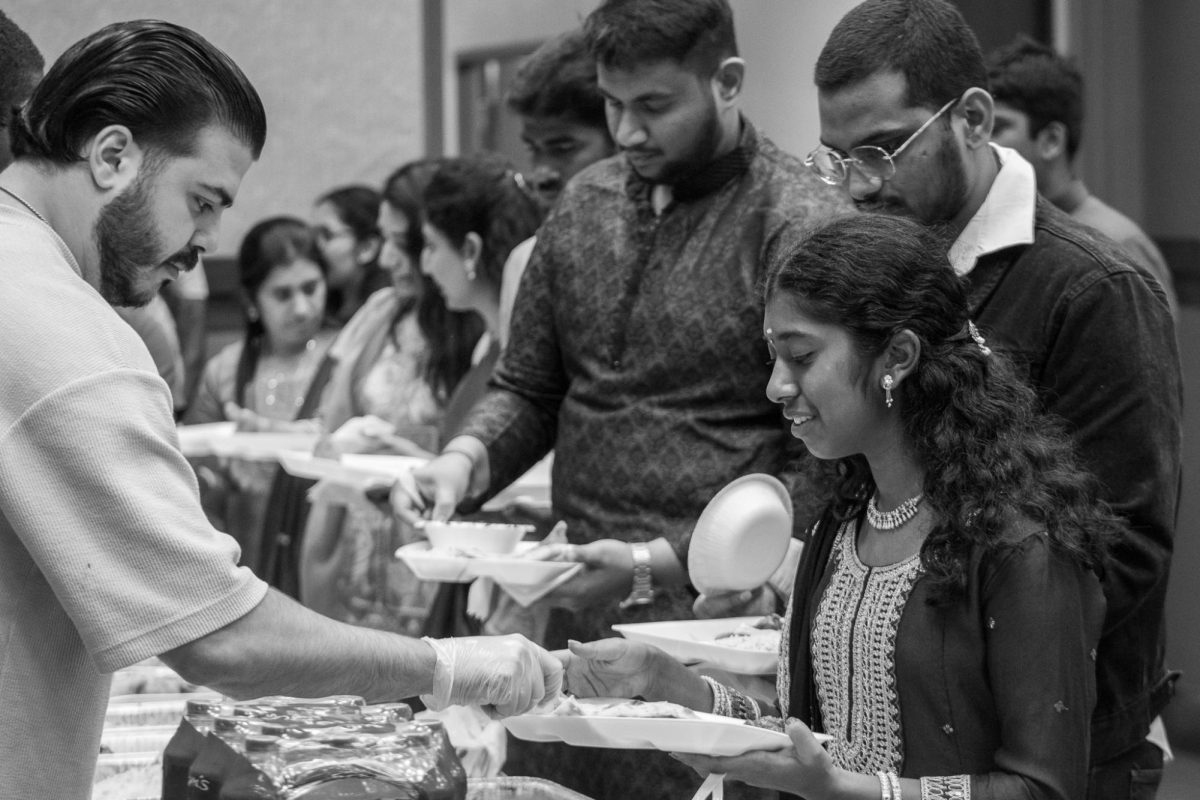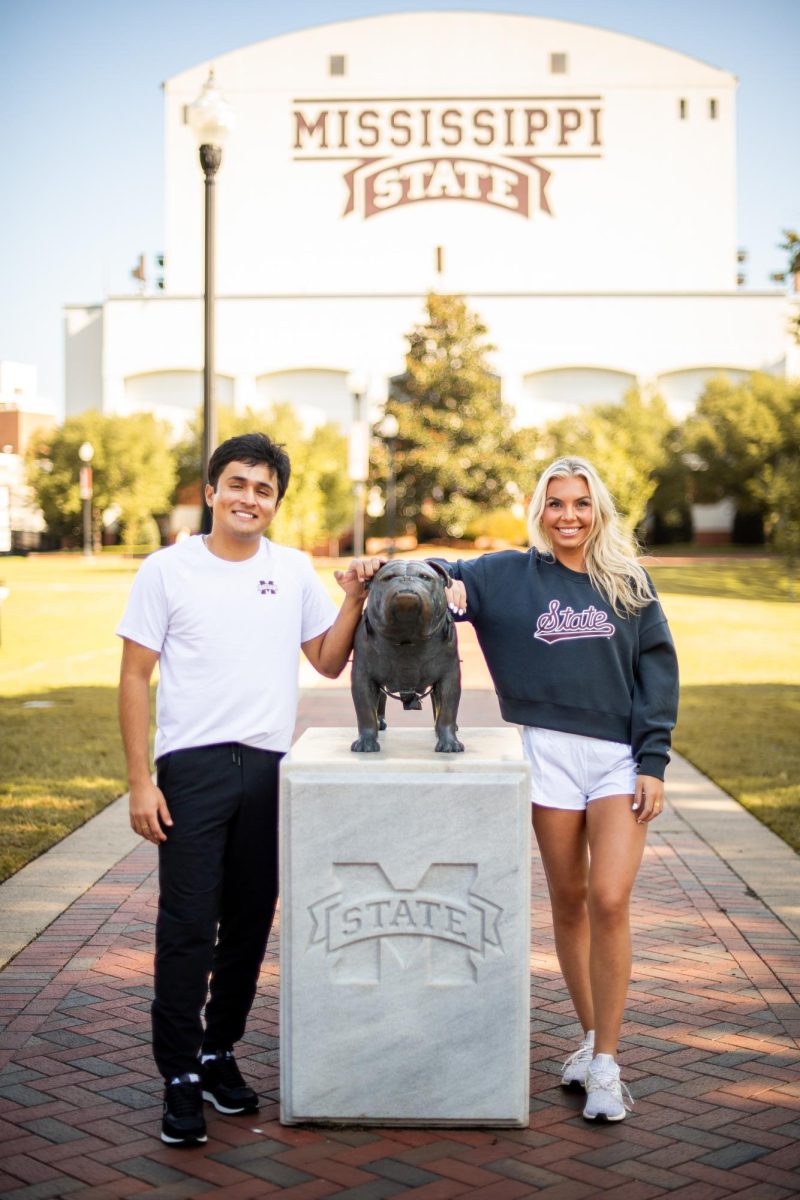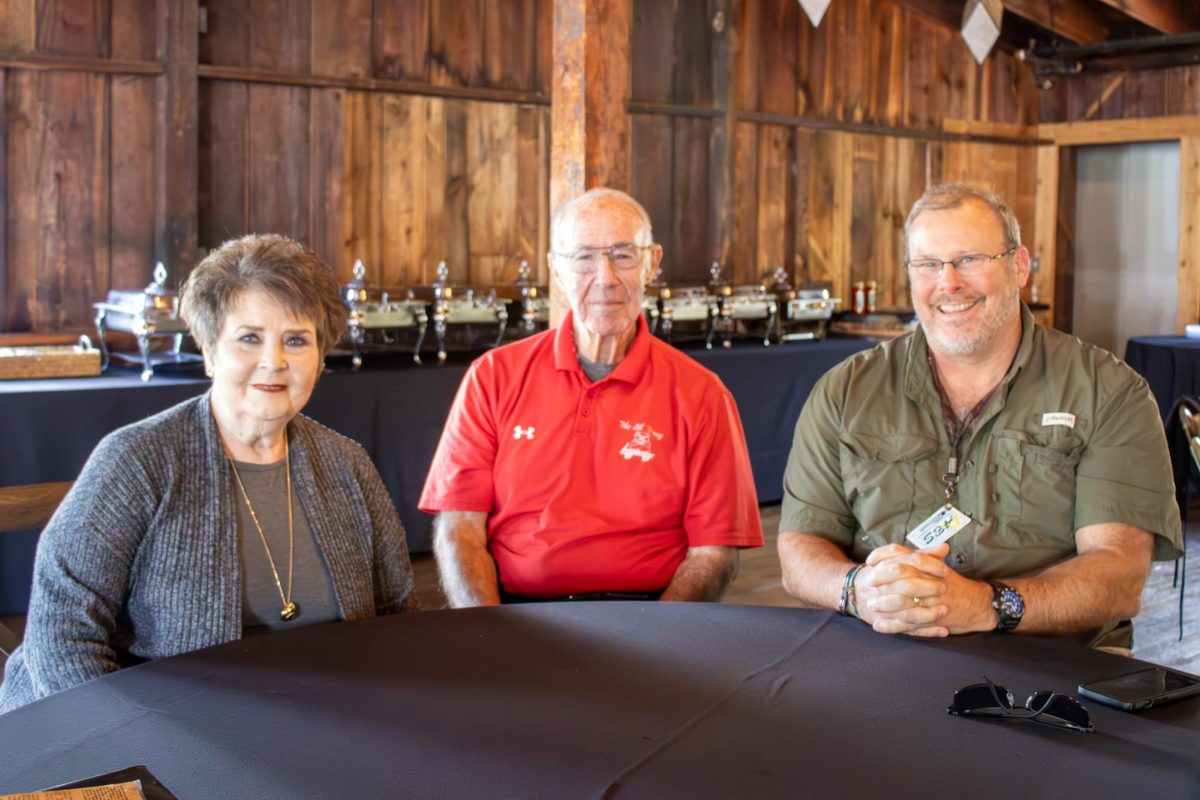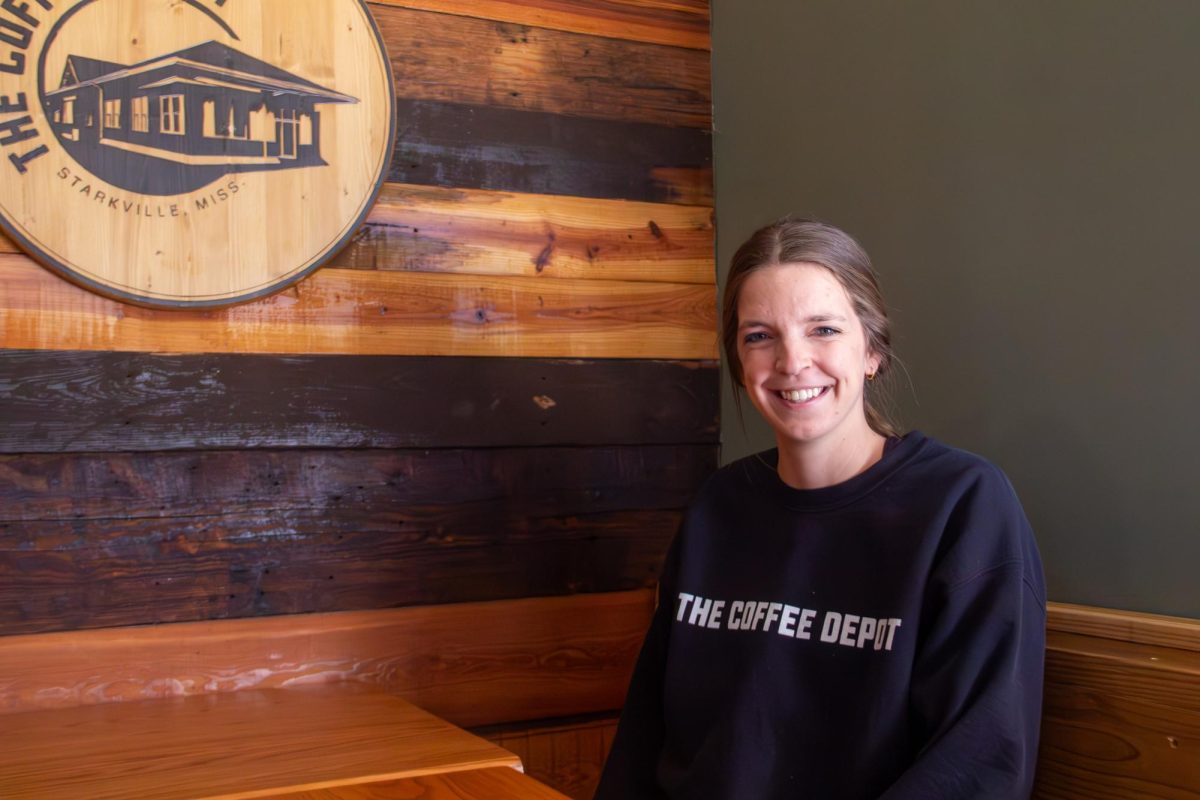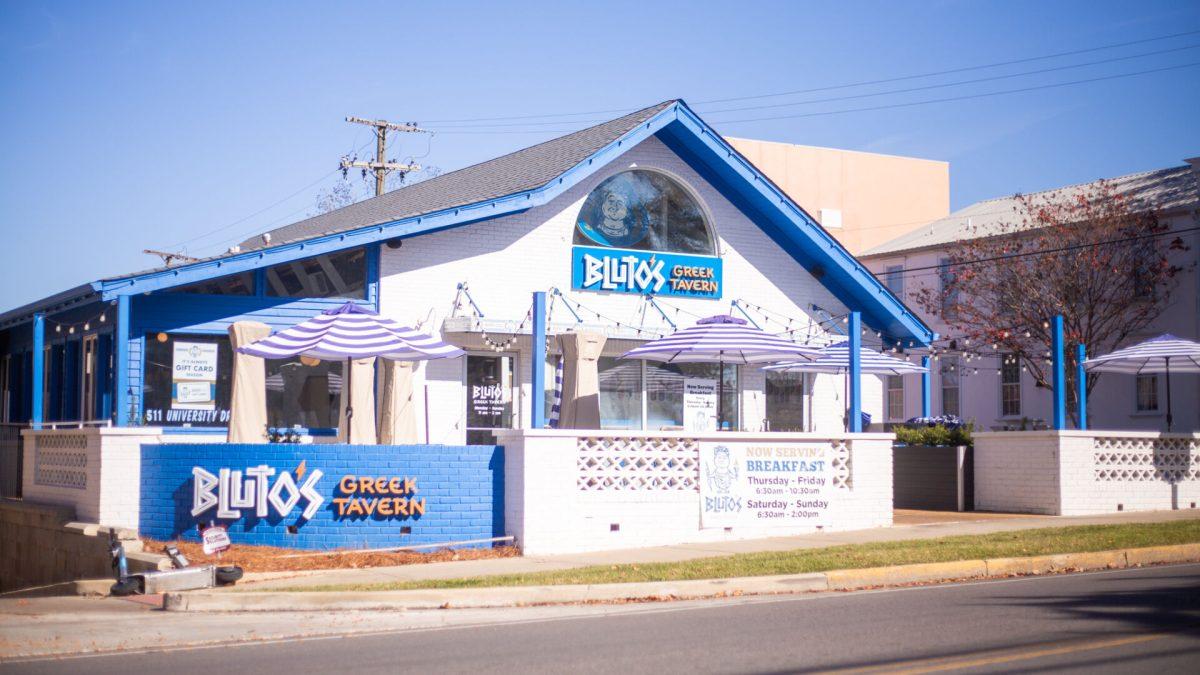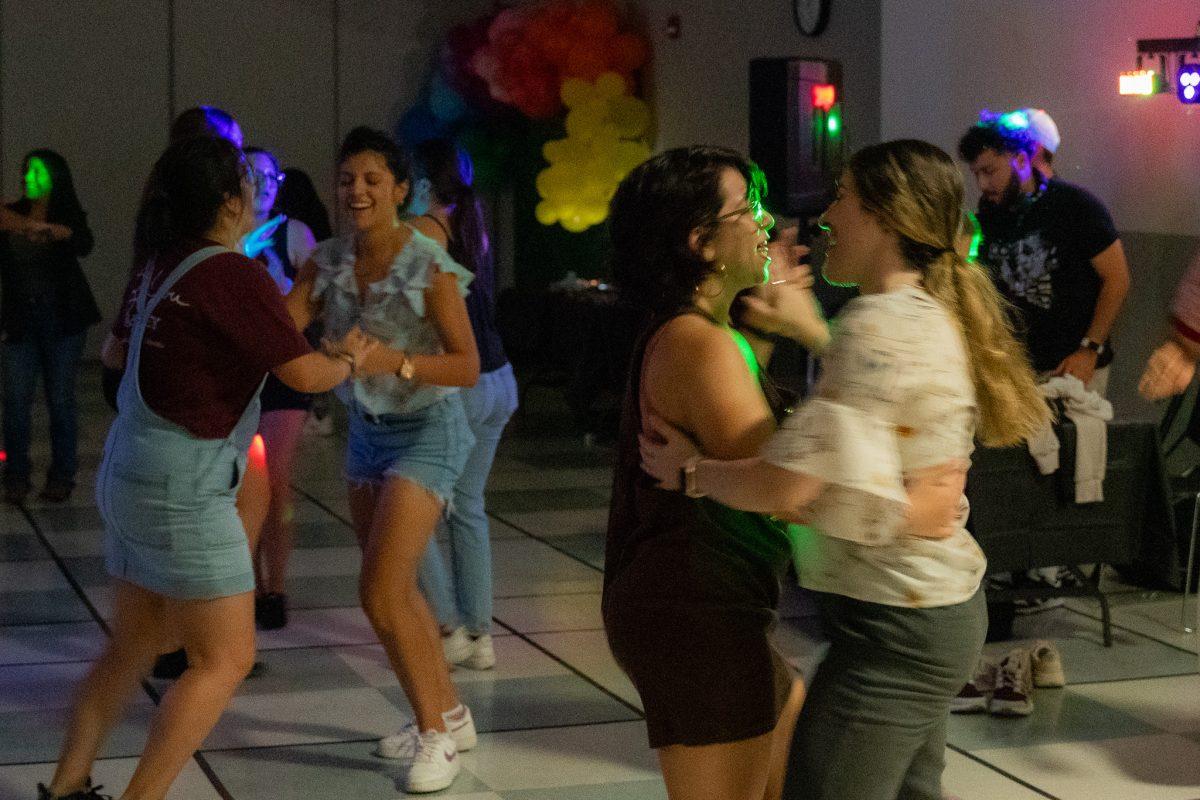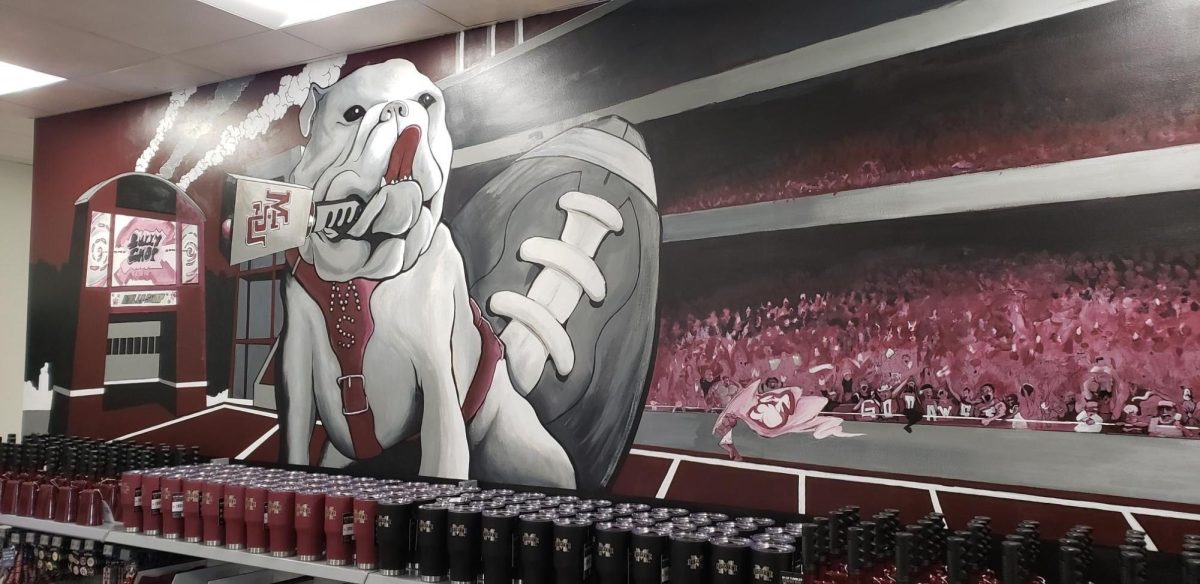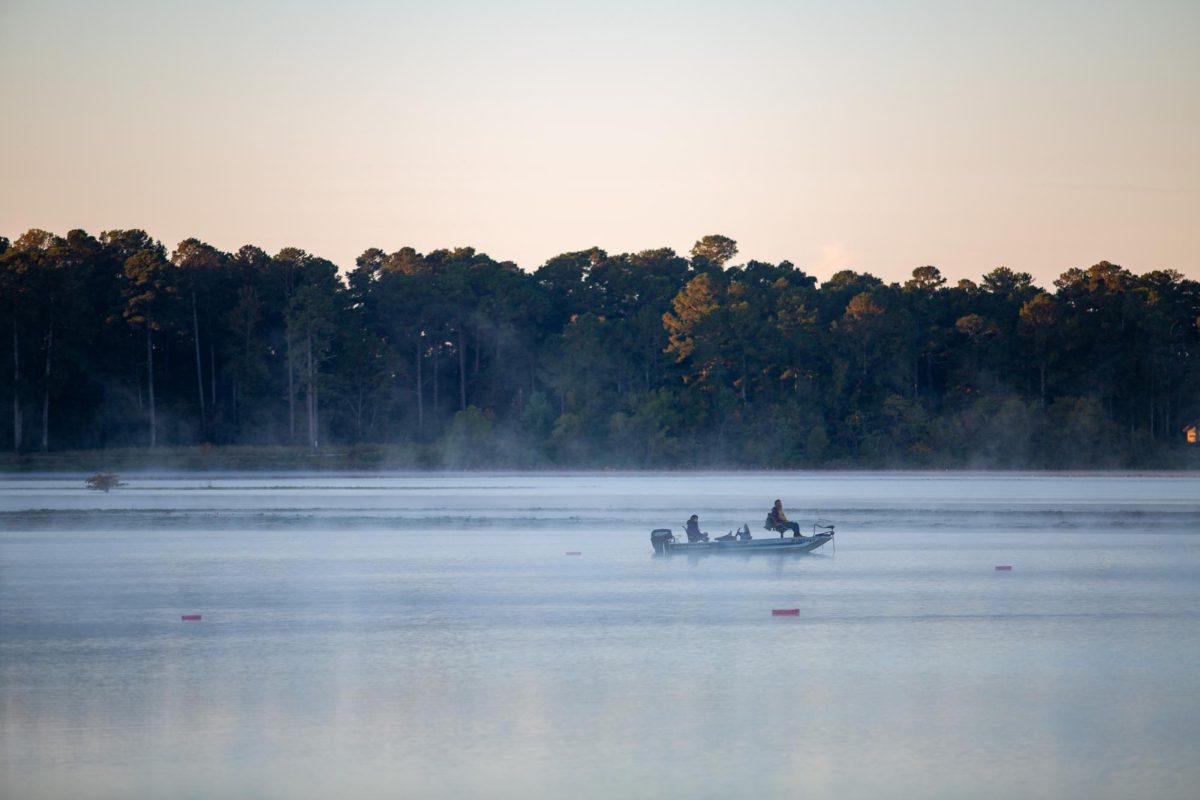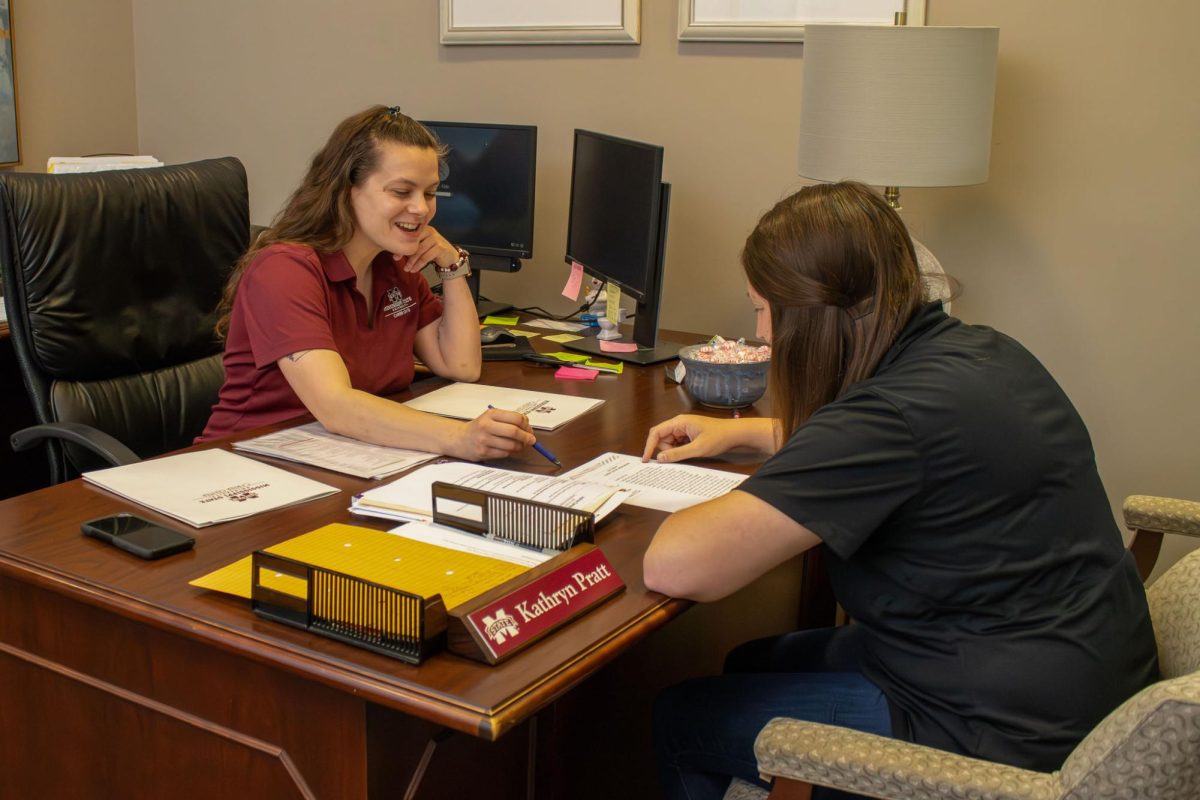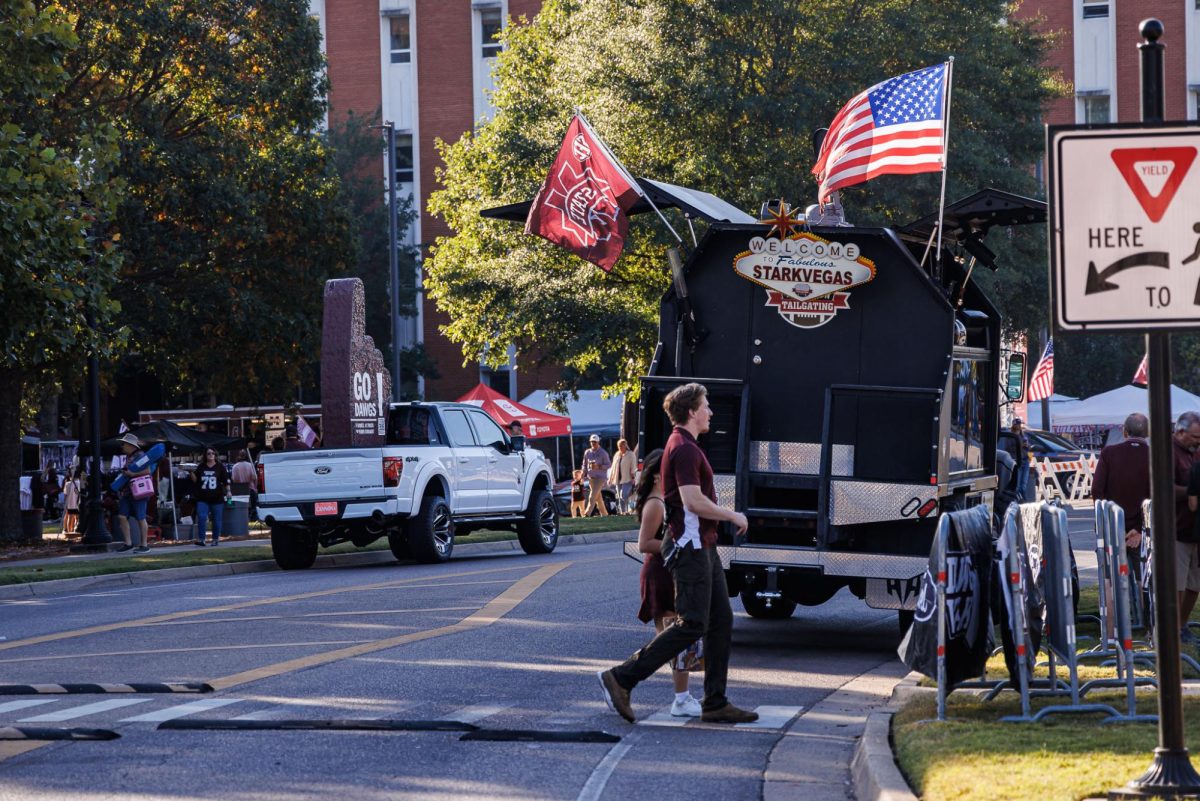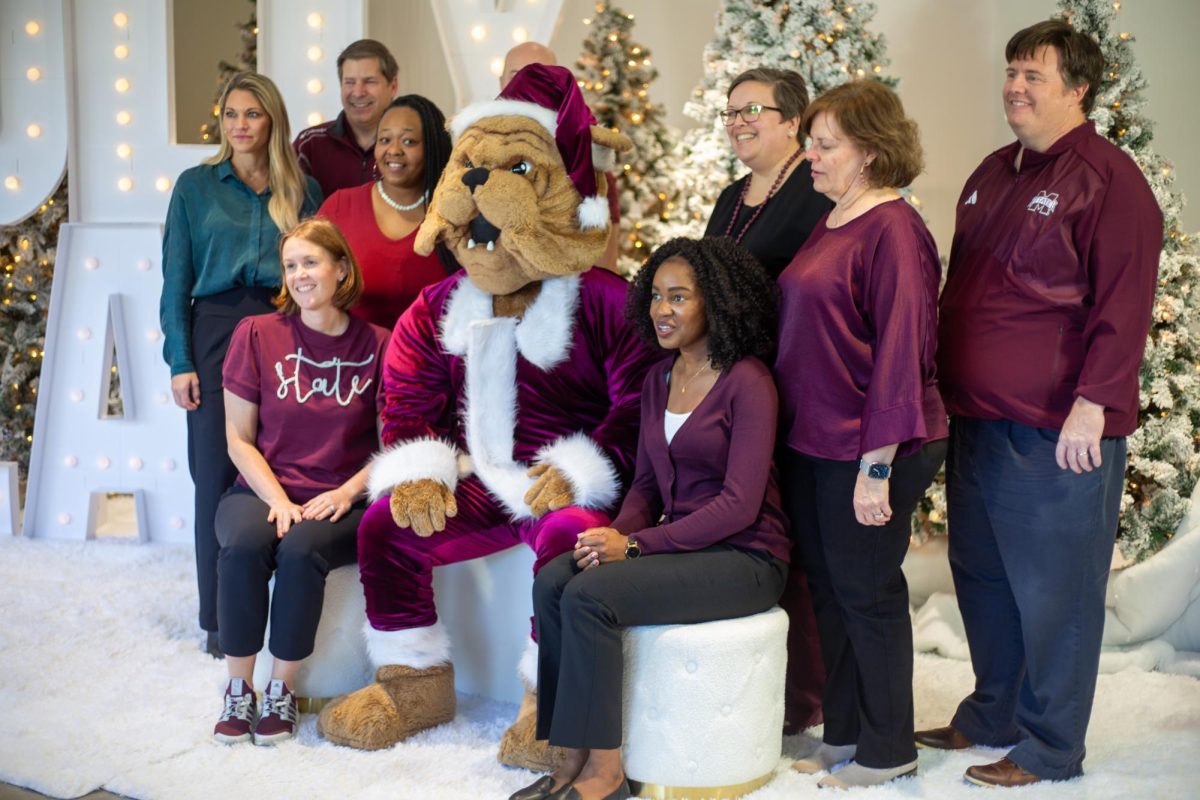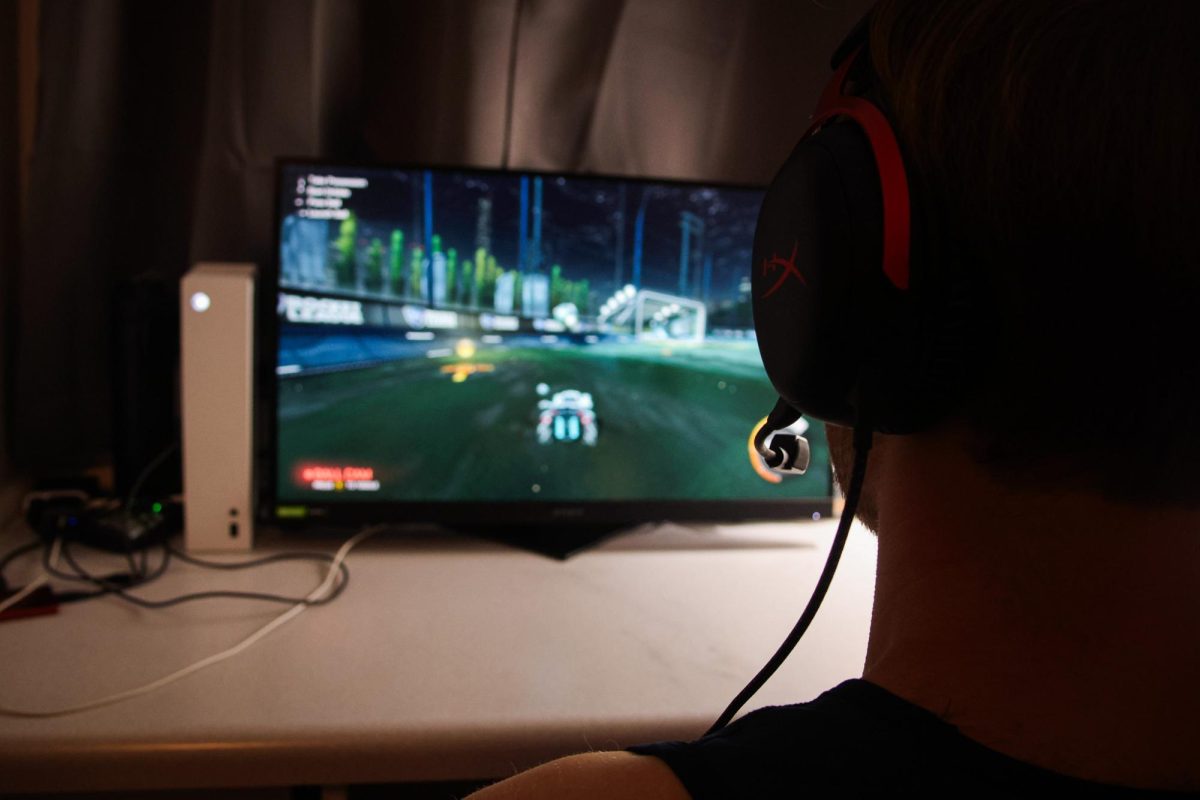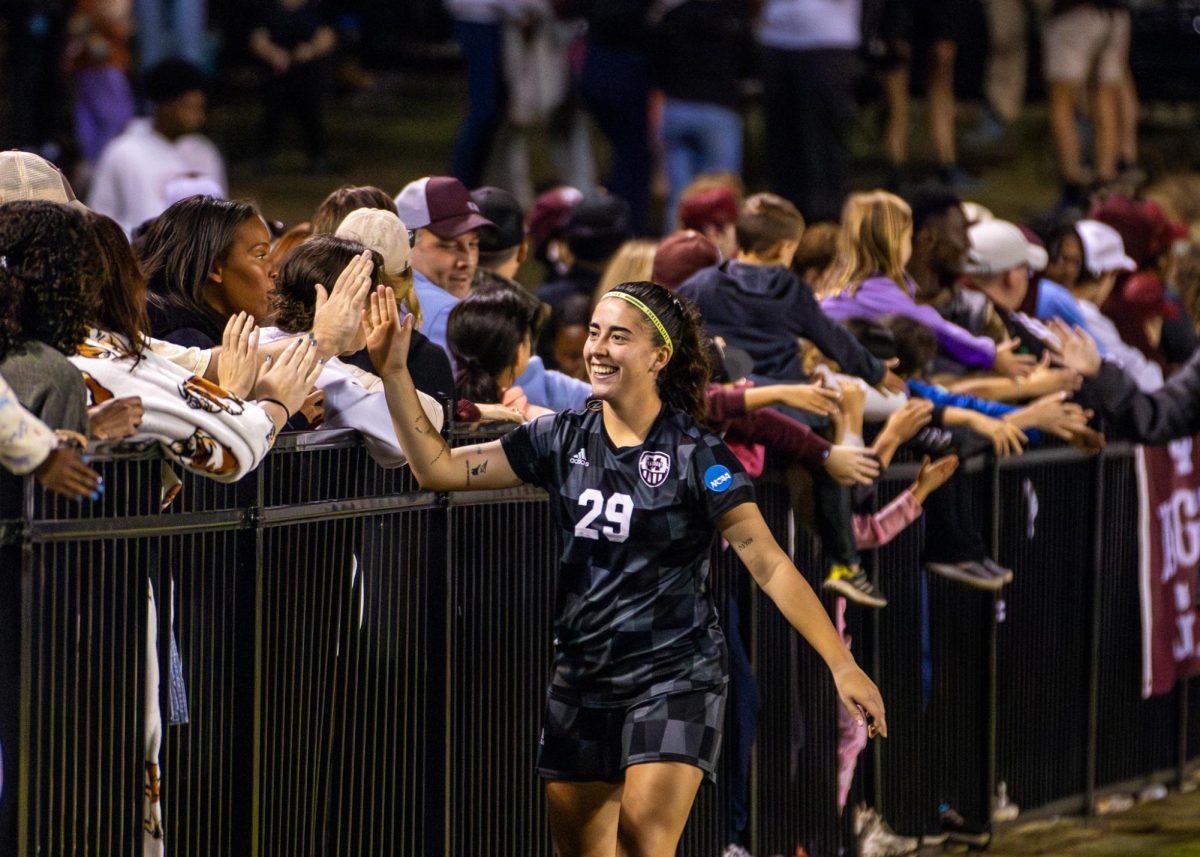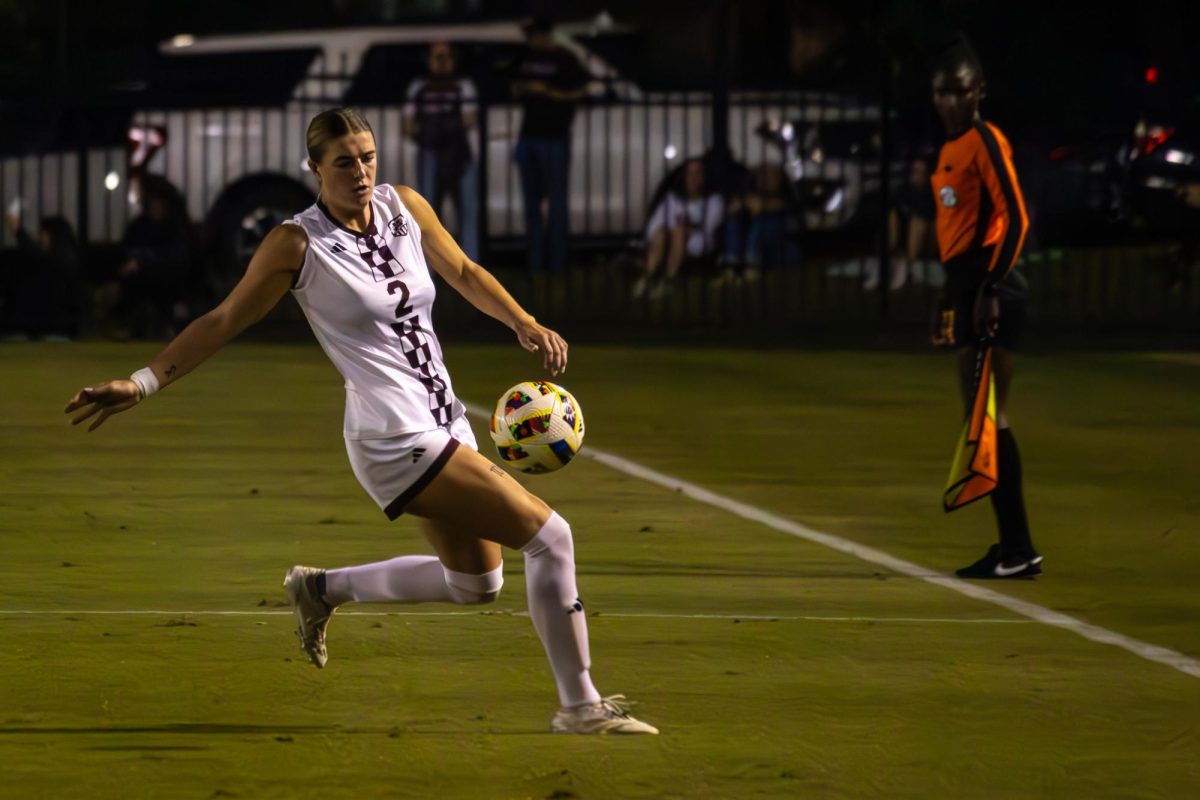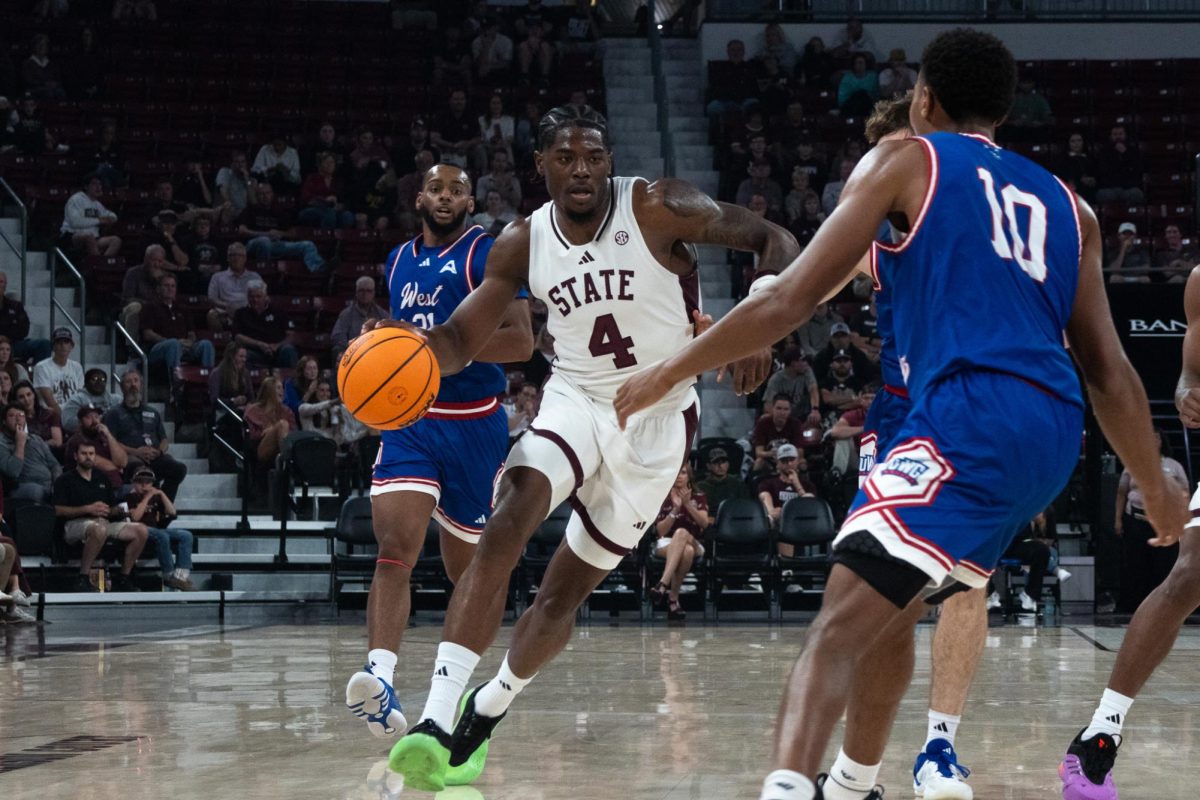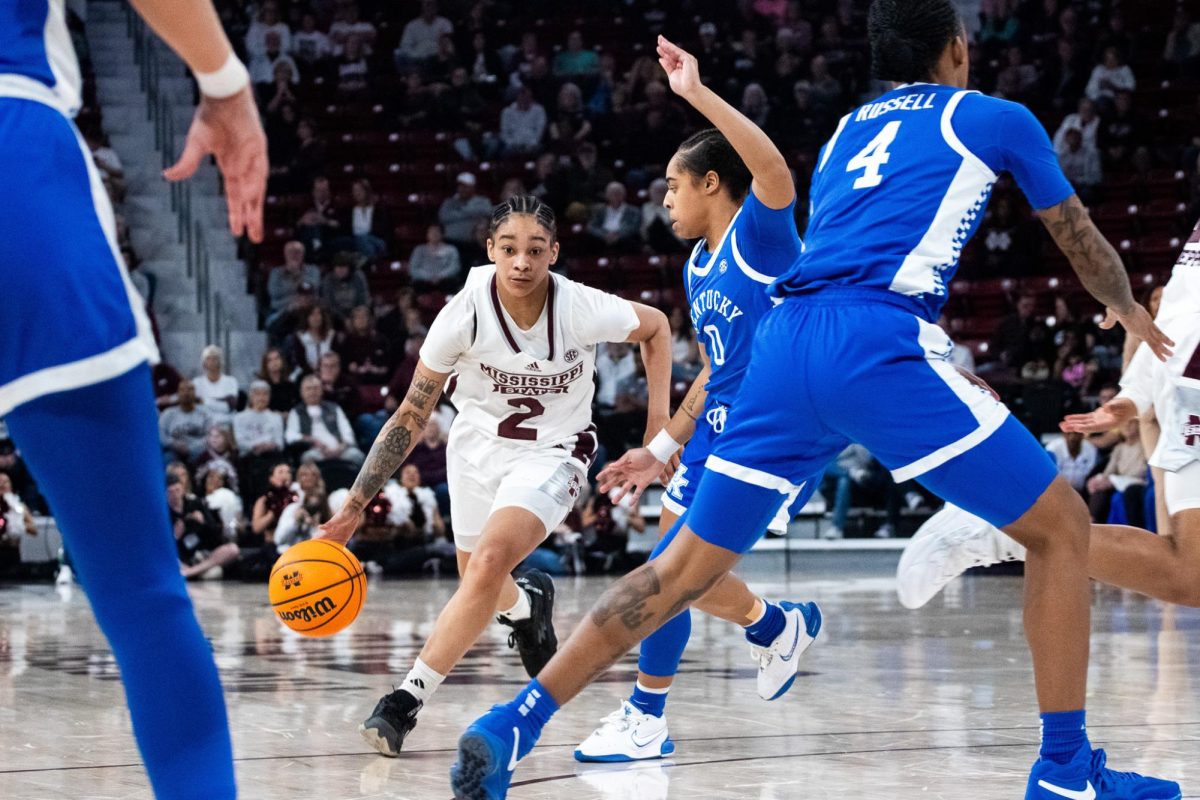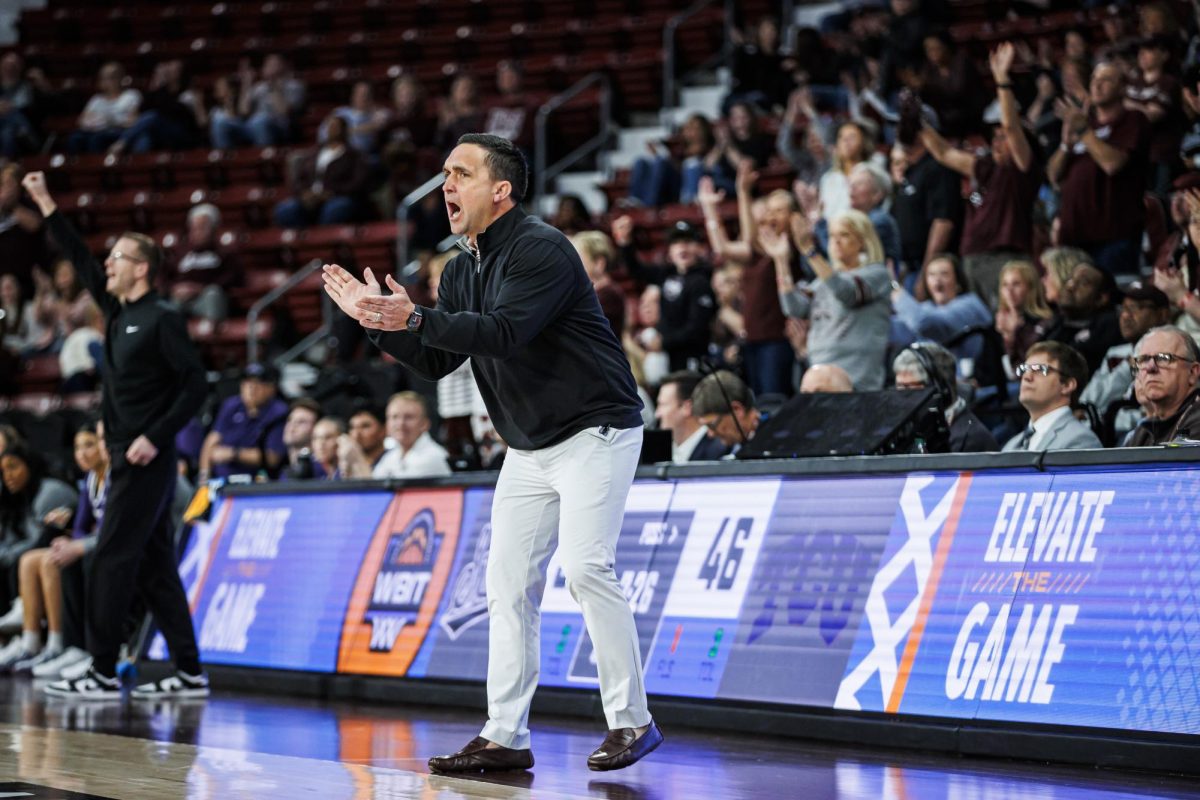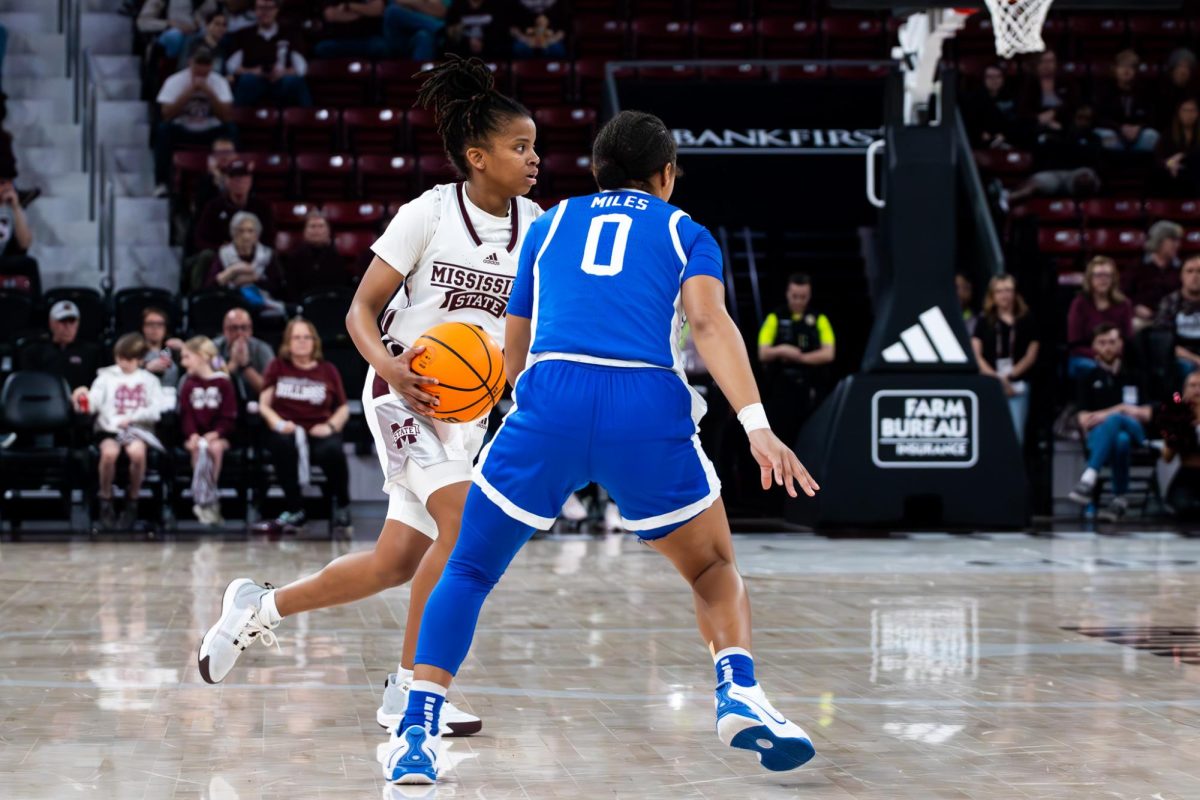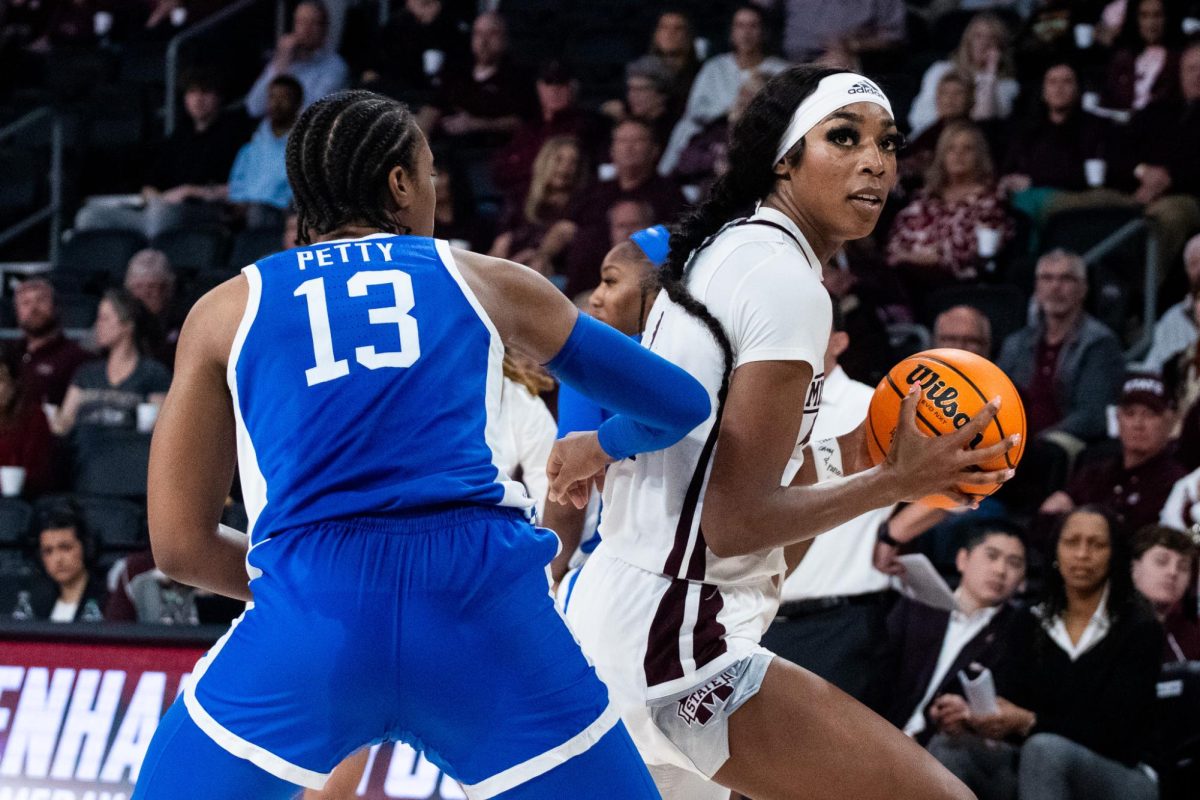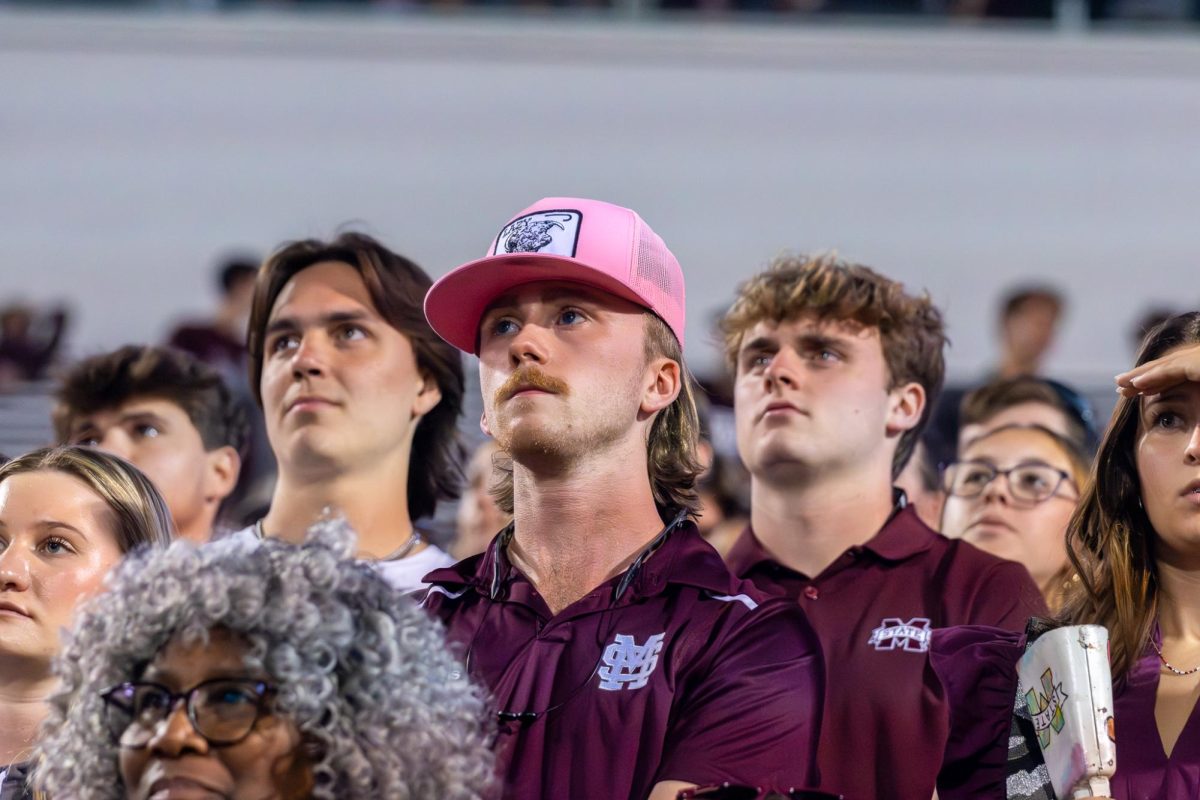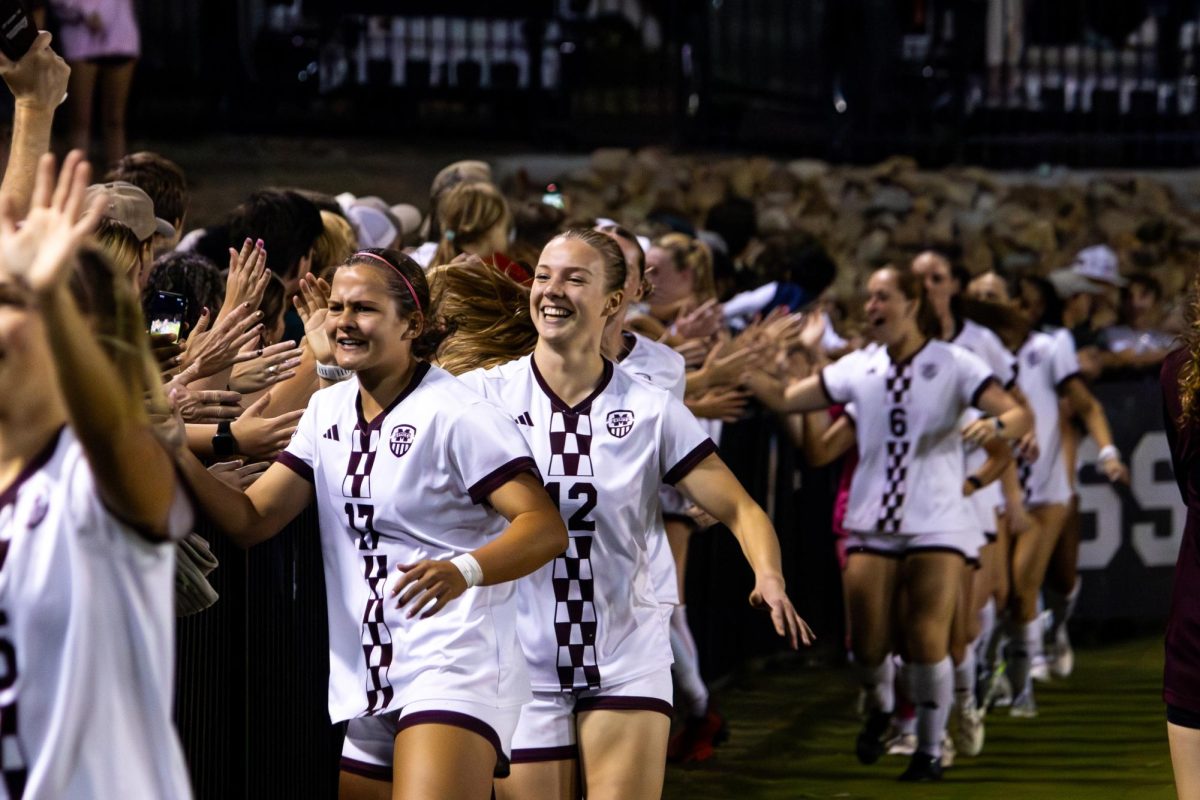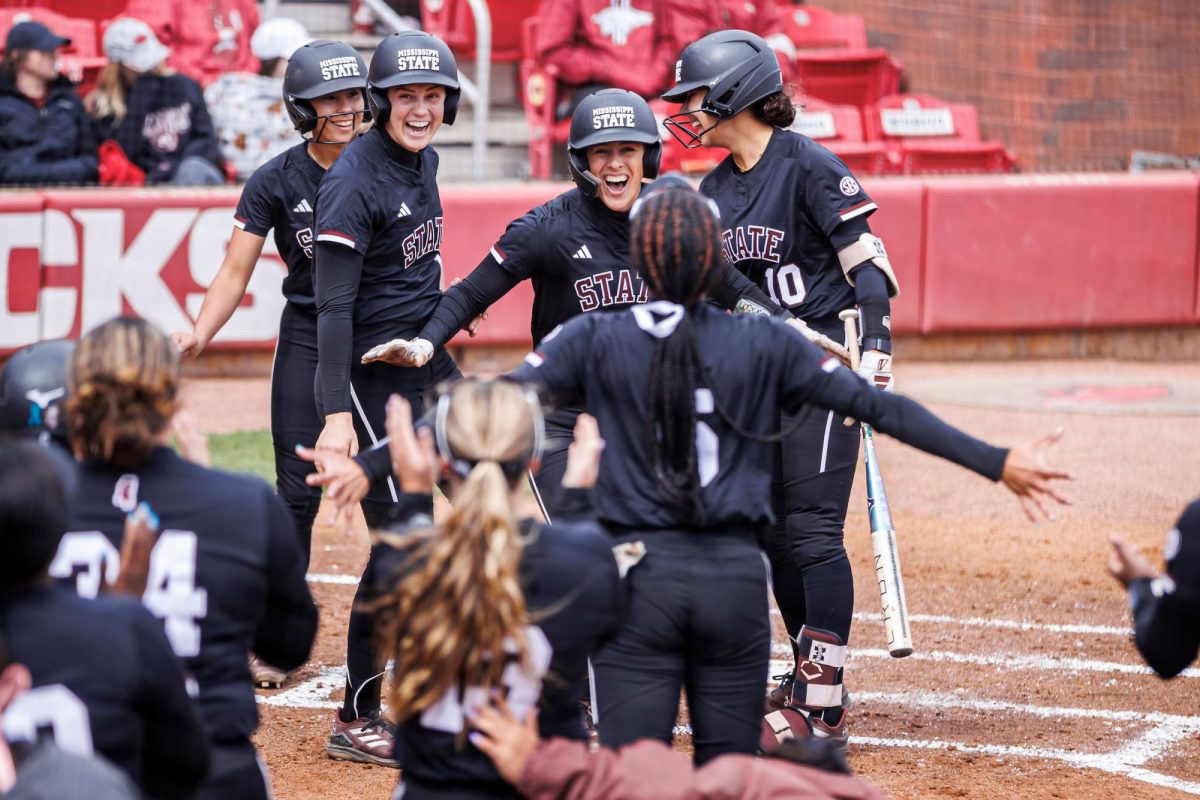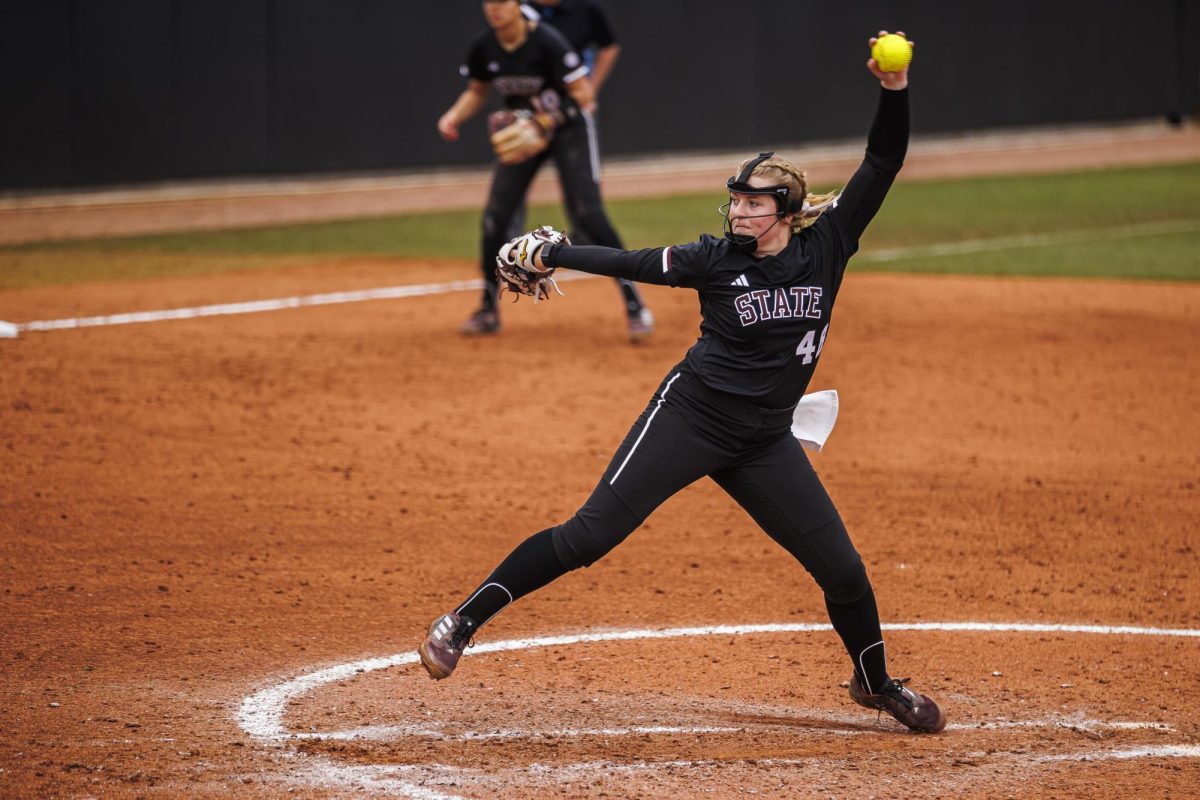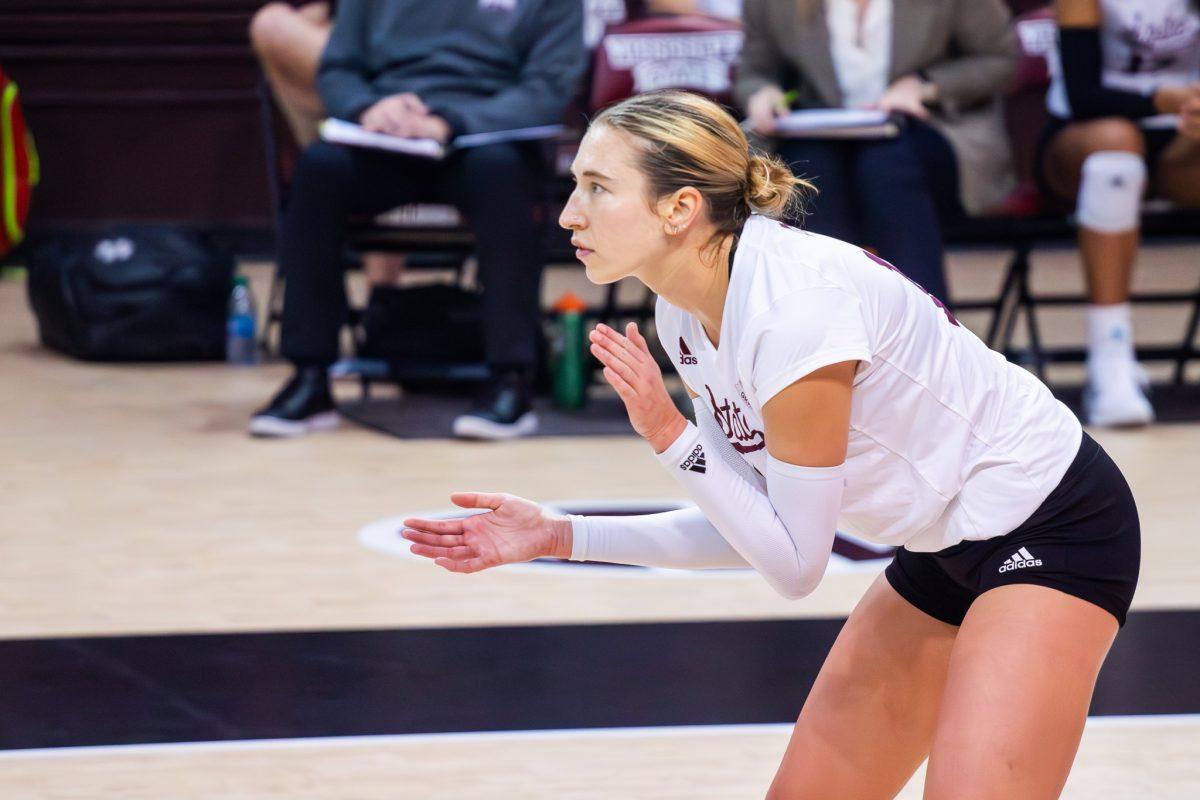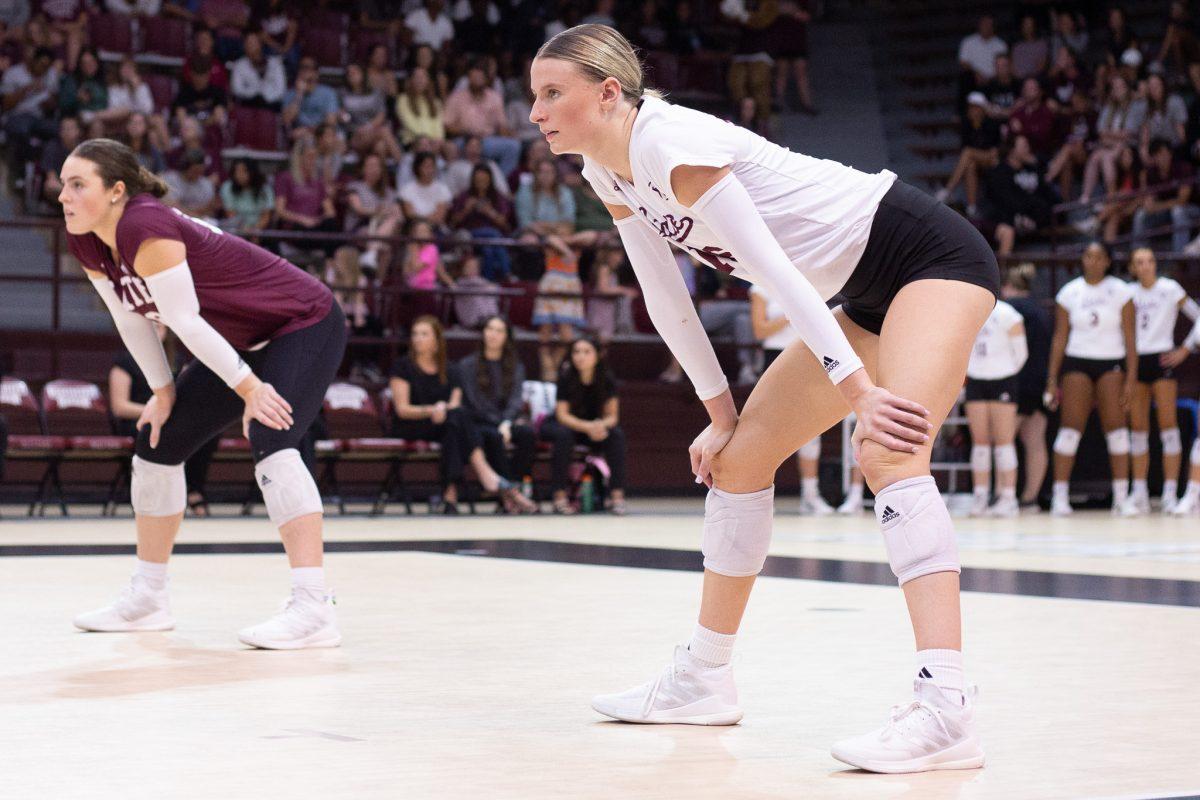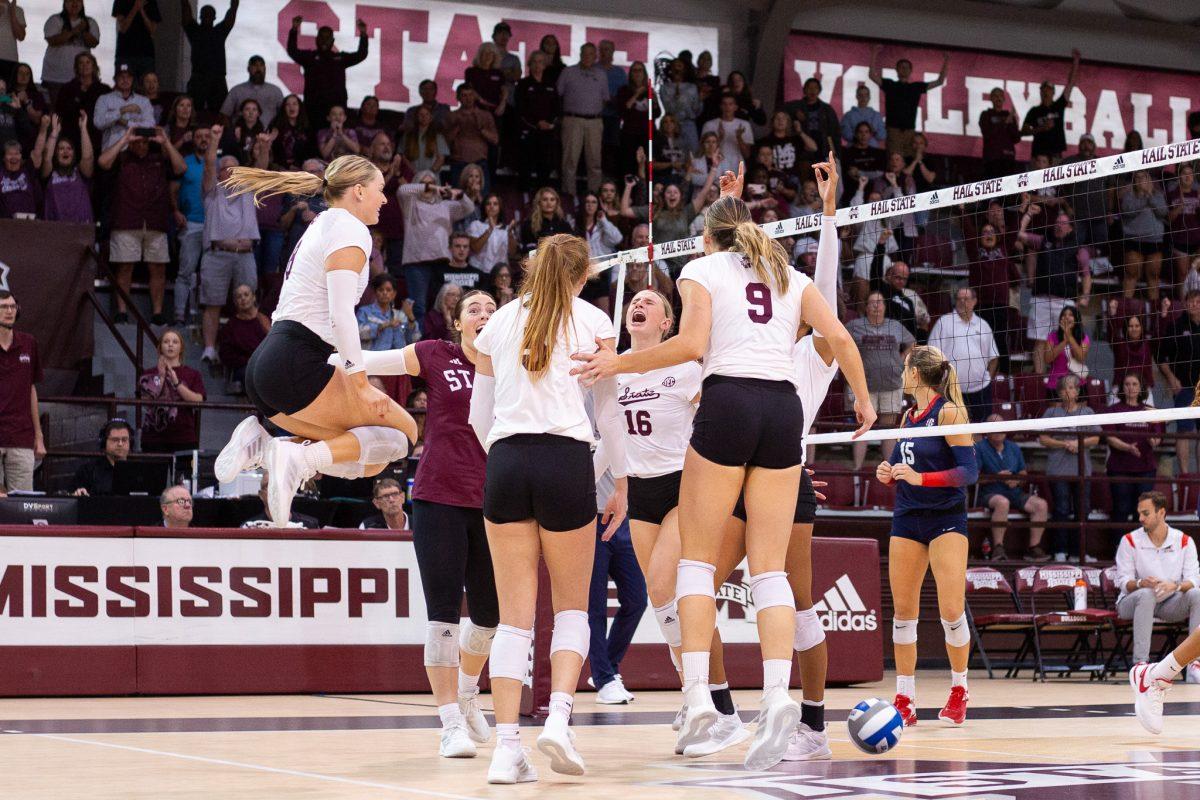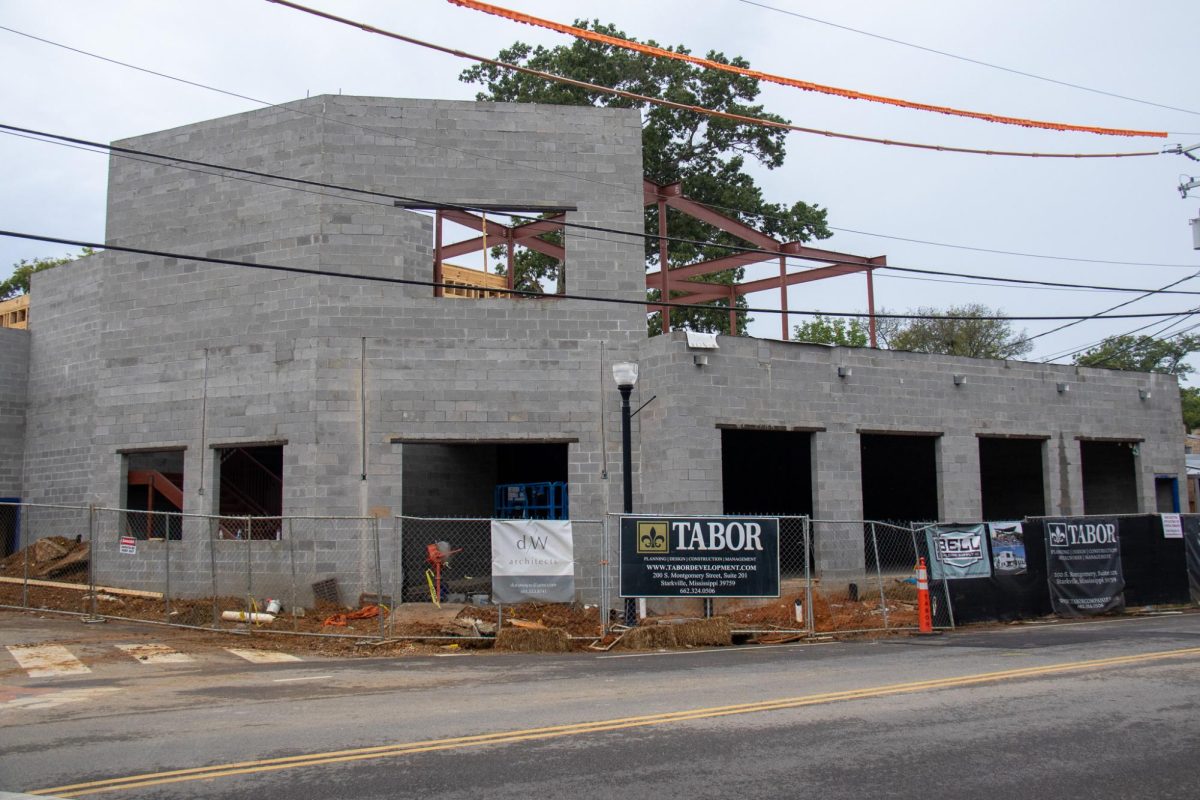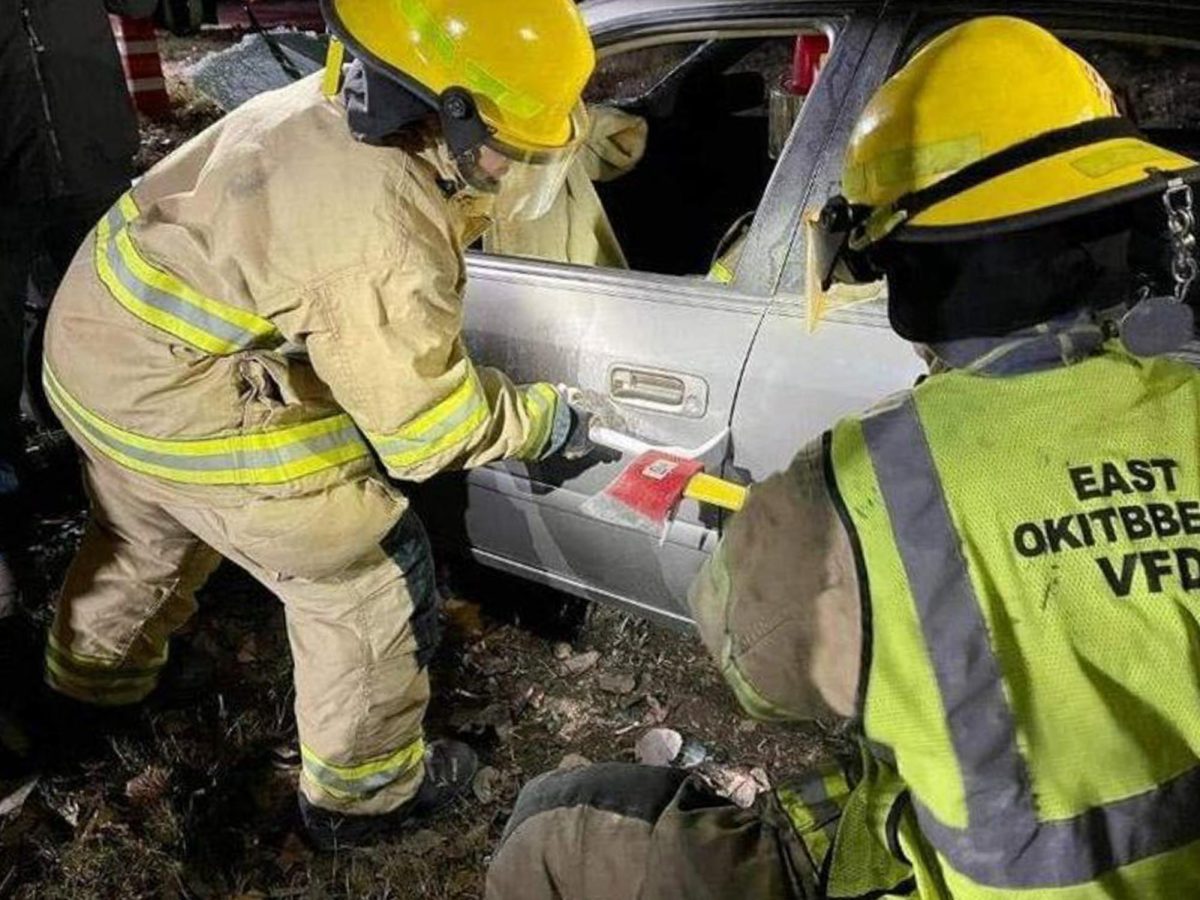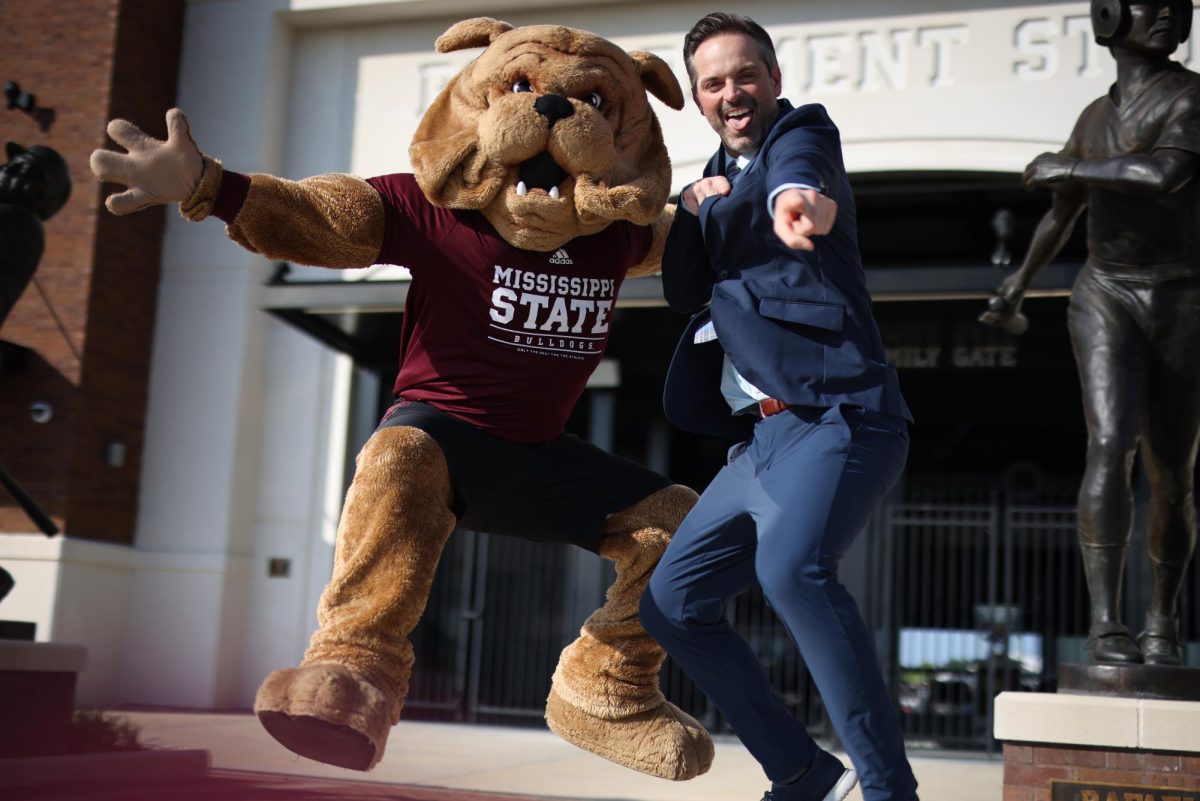Officials and residents from Mississippi State University and Starkville’s Habitat for Humanity gathered on Nov. 6 to dedicate the newest Maroon Edition Habitat for Humanity home for Twana Hubbard.
Hubbard is a cafeteria worker at Starkville High School who lives with and serves as a caretaker for her brother, Rico Coleman. Coleman has Down syndrome and Hubbard said she has been caring for him since their mother passed away in 2003.
Hubbard was grateful for the efforts put into building her a new, modern house within her price range.
“My home was an old house, with old technology and equipment, and I can’t afford it anymore,” Hubbard said.
During the home dedication, Hubbard received a welcome basket consisting of a homemade quilt, a tool bag, a safe homeowner handbook and other necessities.
This is the 75th house that Habitat for Humanity has built in Oktibbeha County and the third constructed in a former 11-acre dairy farm called Kelly Estates, which MSU and Habitat for Humanity hope to transform into a 30-home community.
Regina Hyatt, the vice president of student affairs at MSU, said the university has been collaborating with Habitat for Humanity for the last 15 years.
“Every year, Mississippi State participates in a project with Habitat for Humanity called the maroon addition house,” Hyatt said. “The project is built in large part by volunteers that come from Mississippi State, whether that’s students or employees.”
Hyatt explained how Habitat for Humanity chooses who to build a house for.
“Habitat for Humanity has a very extensive application process for homeowners,” Hyatt said. “We are not involved in that part, but we’re certainly glad to participate in helping the house get built and obviously celebrating with Tawana and Rico as they get to move into their new house here in the next few weeks.”
Contrary to popular belief, Habitat for Humanity’s homes are not free. Applicants are considered based on the applicant’s level of need, their willingness to partner with the organization and their ability to pay a mortgage through a payment plan. In addition, applicants are expected to construct their homes alongside volunteers in a system they call “sweat equity.”
Amanda Henry, the executive director of Starkville Habitat, said that she appreciates the support that MSU and Starkville volunteers give Habitat for Humanity.
“We are a non-profit, so we really depend on the support of our community,” Henry said. “Mississippi State has been very generous in supporting our mission. And we are really grateful to have this a really good resource for that.”
Henry has worked at Habitat for Humanity for seven years to help those who are less fortunate.
“We don’t serve as many people as other nonprofits because we build, we build new houses for people,” Henry said. “So, it’s a smaller number of people, but the impact is deeper and more lasting. I think it really changes the course of someone’s life.”
Hyatt said that Mississippi State is ready to keep assisting Habitat for Humanity in its efforts to help the community with another house this year.
“We’re always excited when we get a new homeowner who is just delighted to have a place of their own,” Hyatt said. “We have another house that’s currently in construction. So we always need volunteers.”
Henry said the next house being constructed is through Habitat for Humanity’s Collegiate Challenge, a program where college students from out-of-state spend their spring break working on constructing a house. Throughout the 30 years of the Collegiate Challenge, Habitat for Humanity boasts that 1,000 homes have been constructed in the United States.
Henry explained that the volunteers would stay at the local Boy Scout camp and would live off of meals provided by local churches and charity groups as they worked on the house. Henry said they ensure safety by hiring professionals to oversee and guide the volunteers.
“We have a construction manager who is a paid employee, and they supervise and have the knowledge of the construction,” Henry said. “The rest of it is about volunteers under the supervision of the construction manager. And then we have 5 or 6 regular volunteers who’ve been coming to volunteer, probably 20 years or more, and they are very experienced with the construction side of it. So, they kind of supervise the people that come out to the work side.”
Hyatt said that students who are interested in volunteering in the community should go to the Maroon Volunteer Center’s website, where there is a list of volunteer slots that students can sign up for based on their availability to help.

